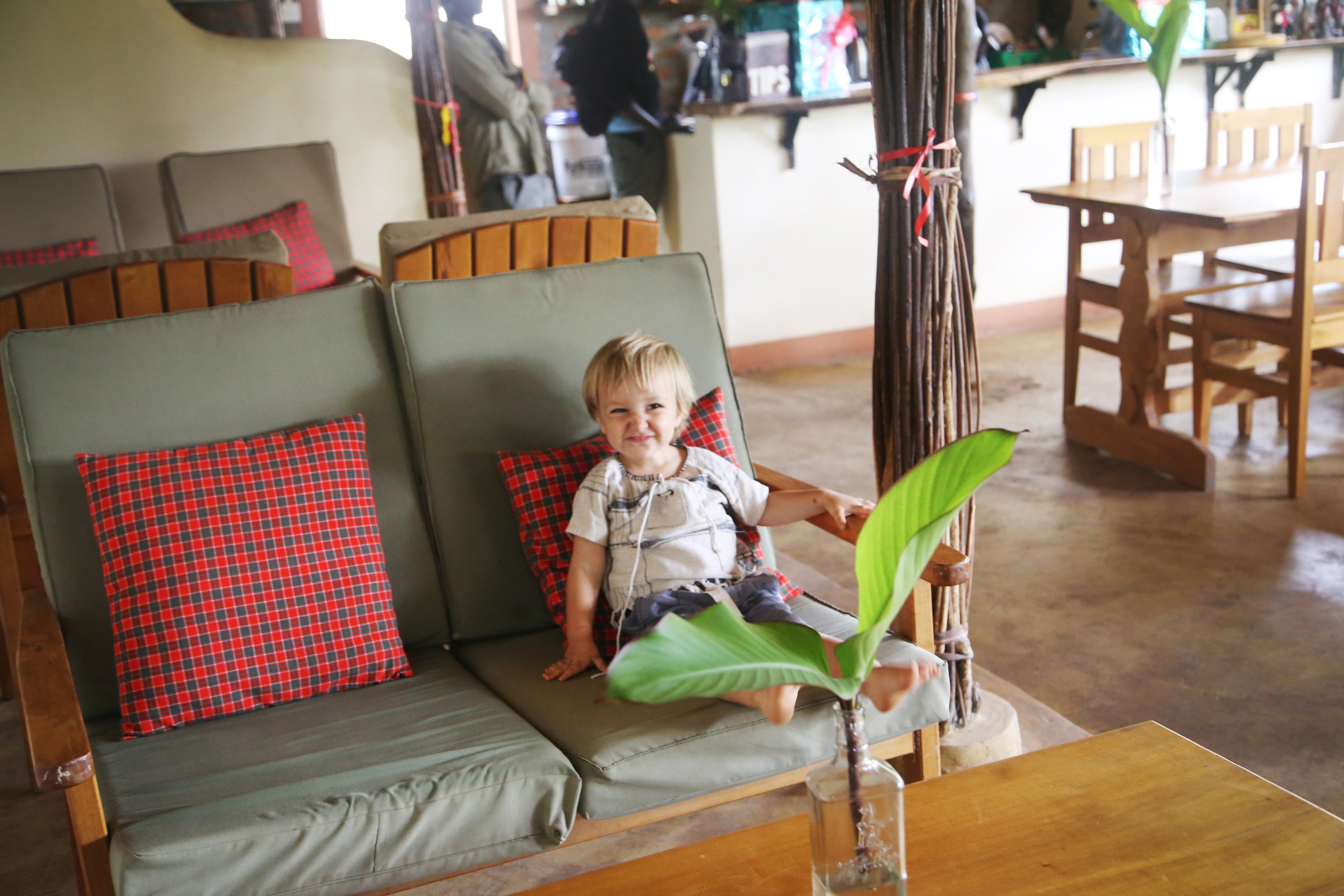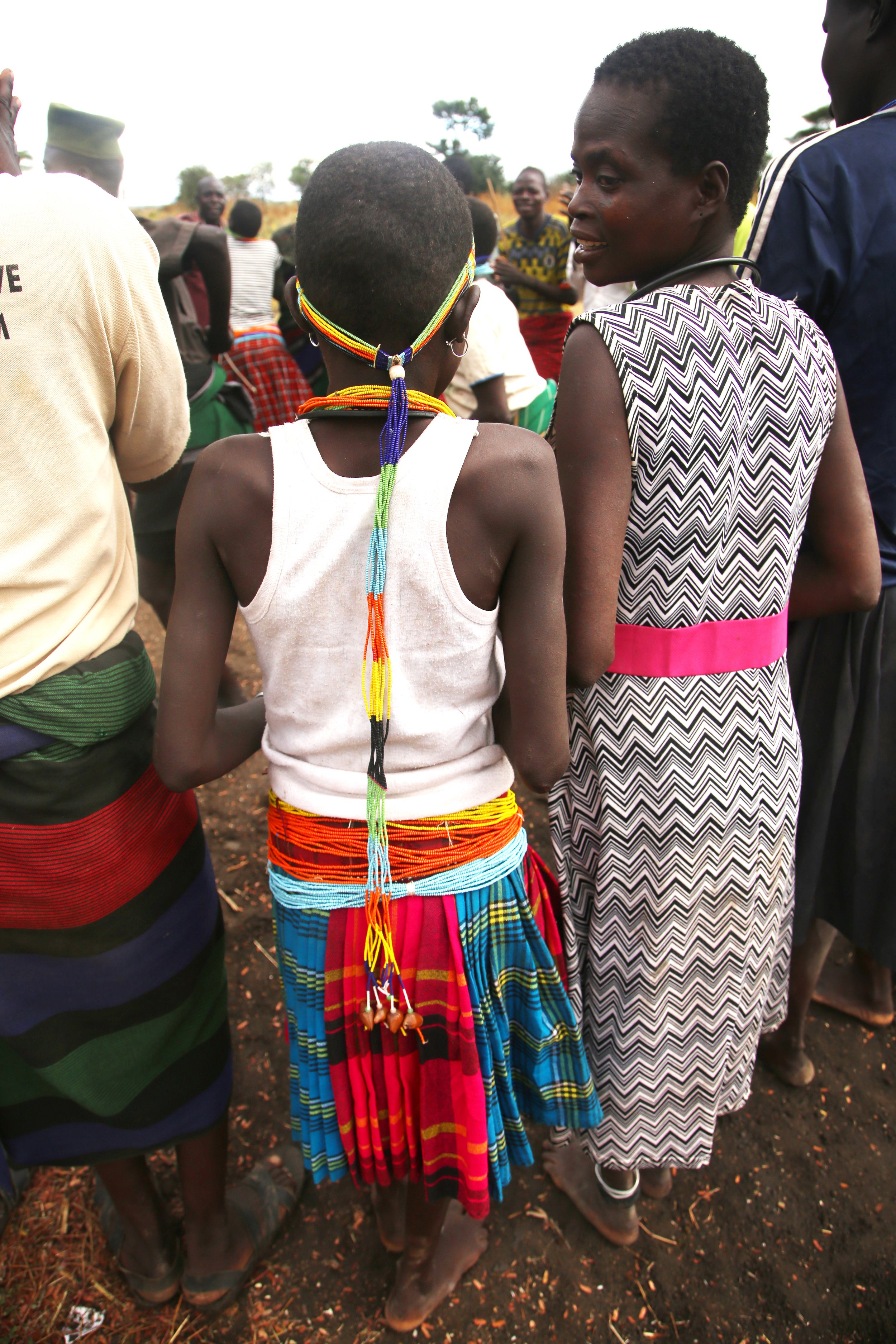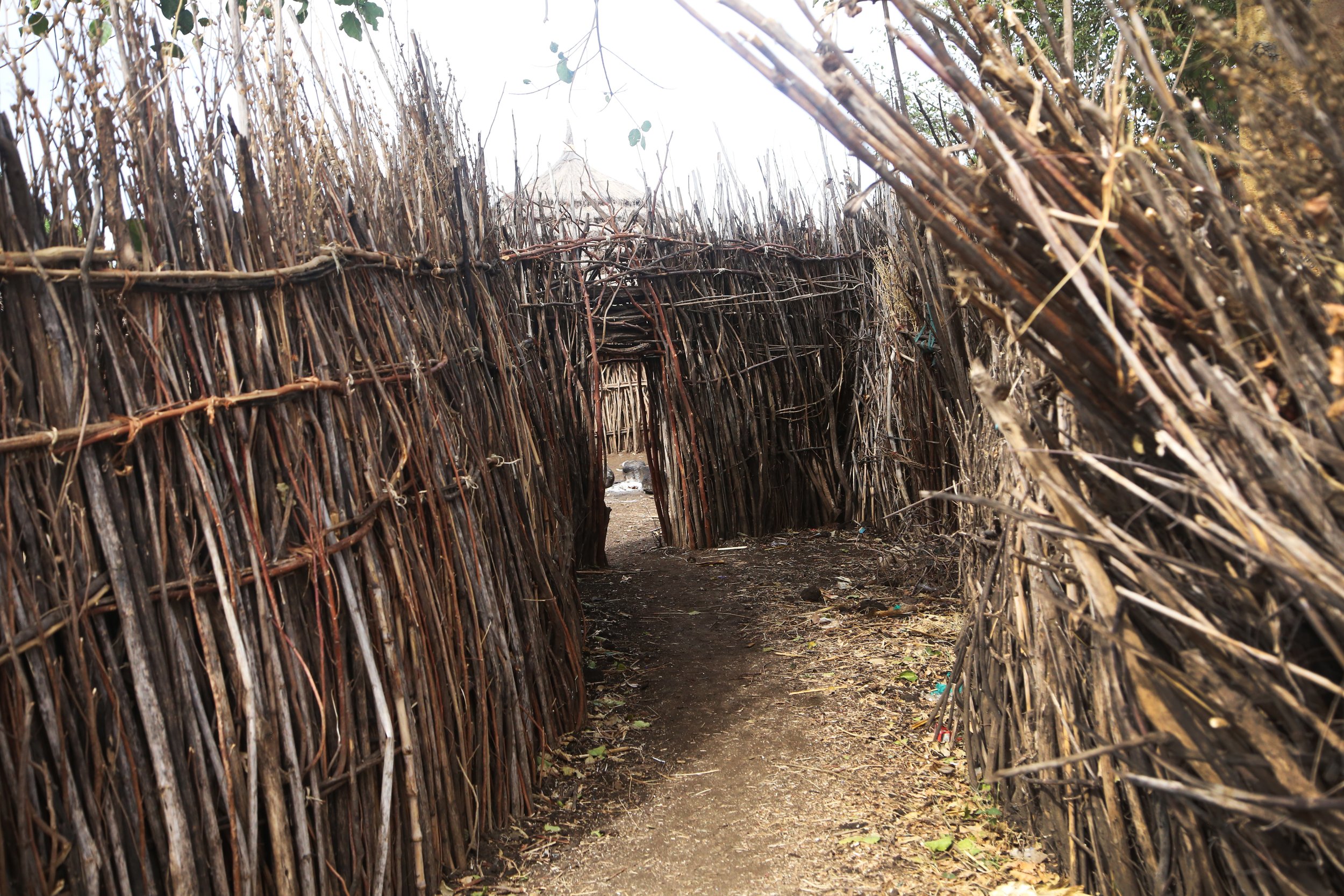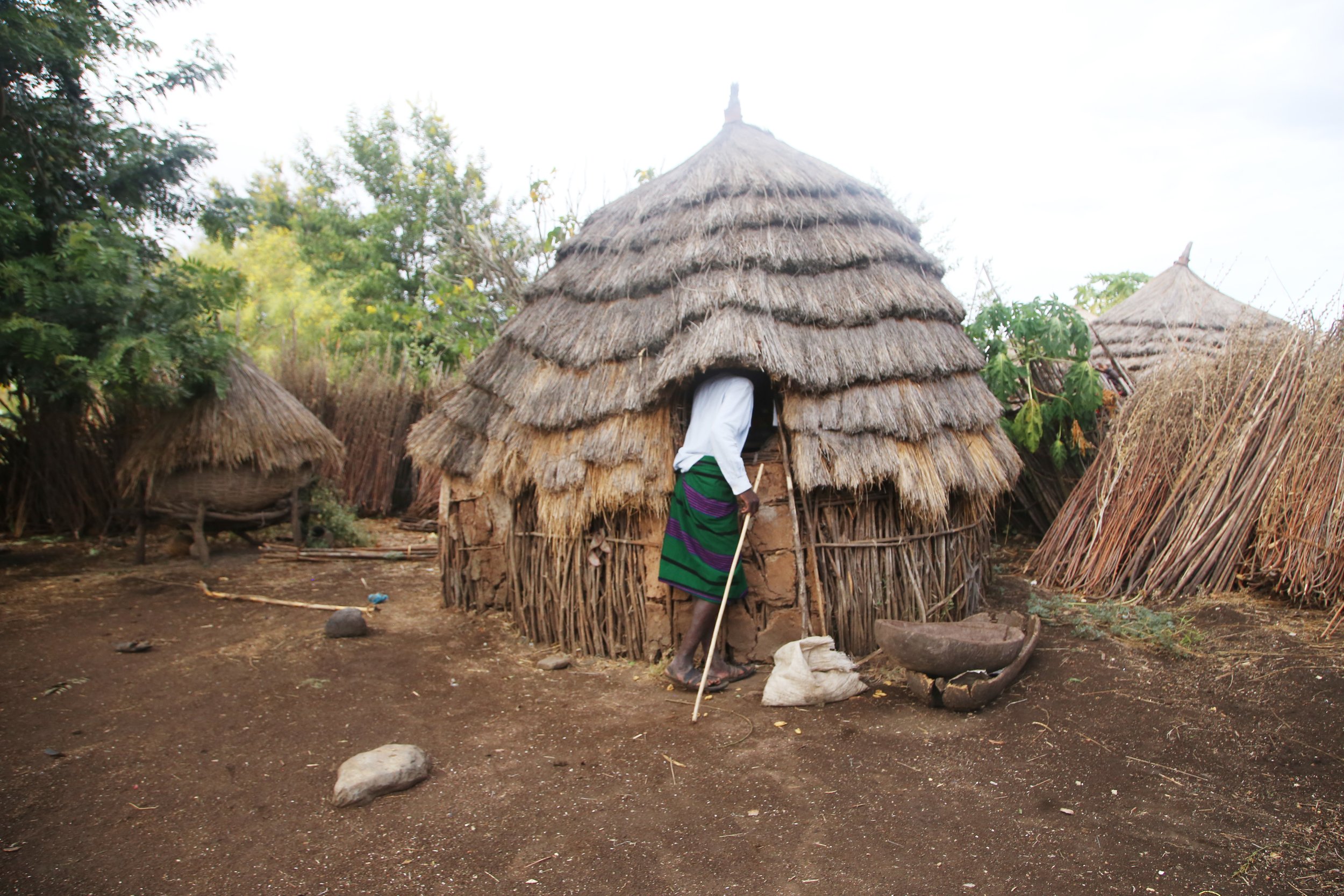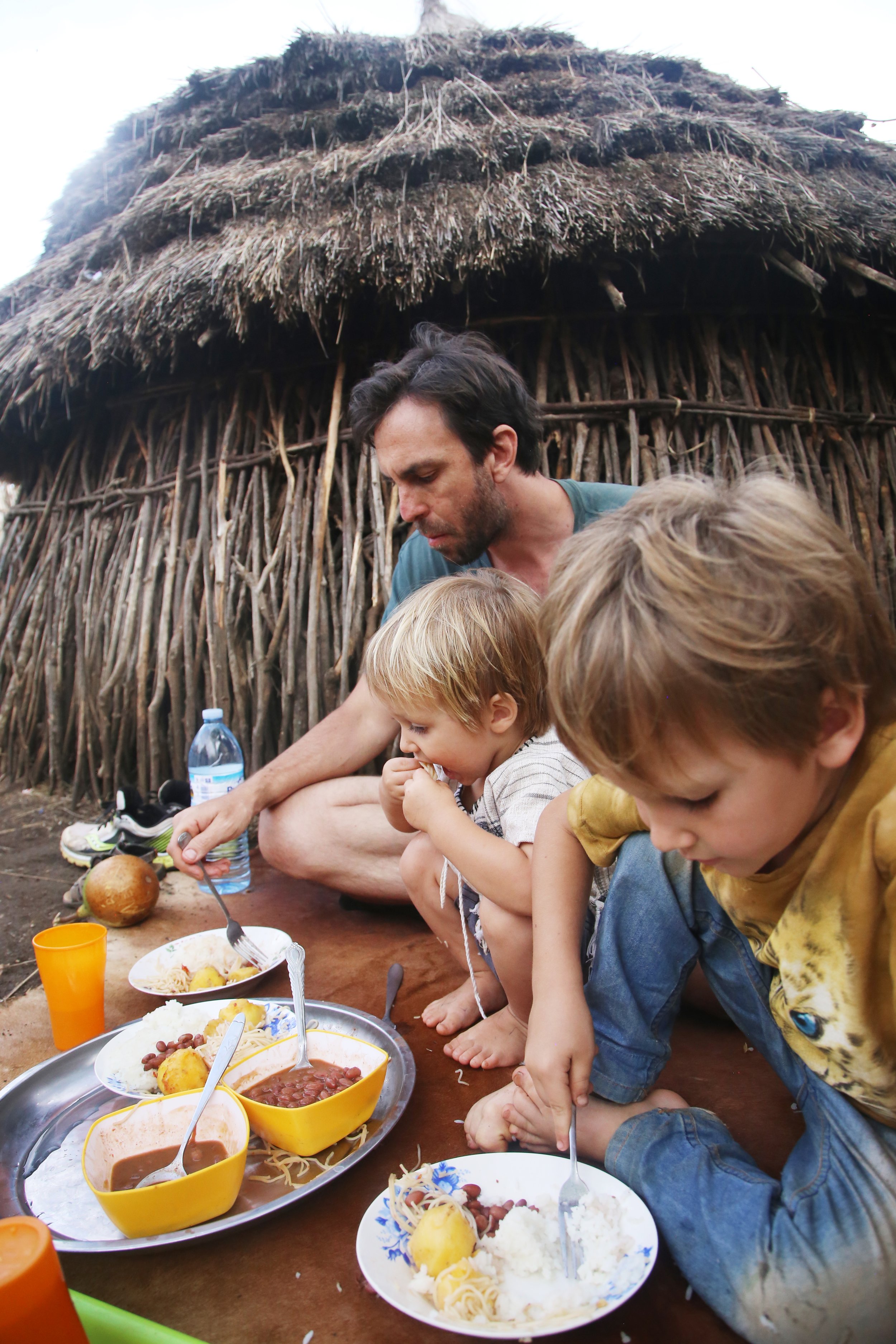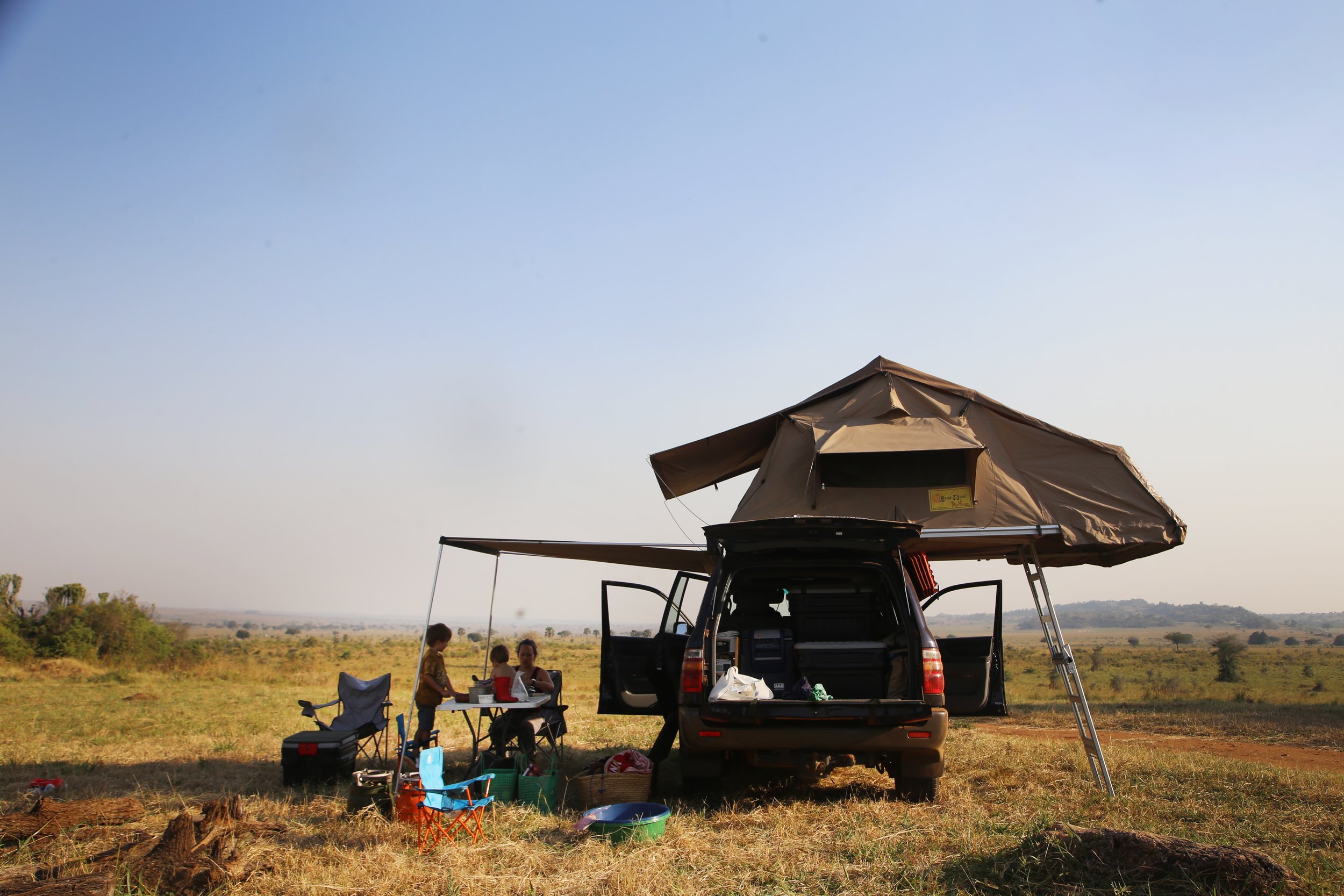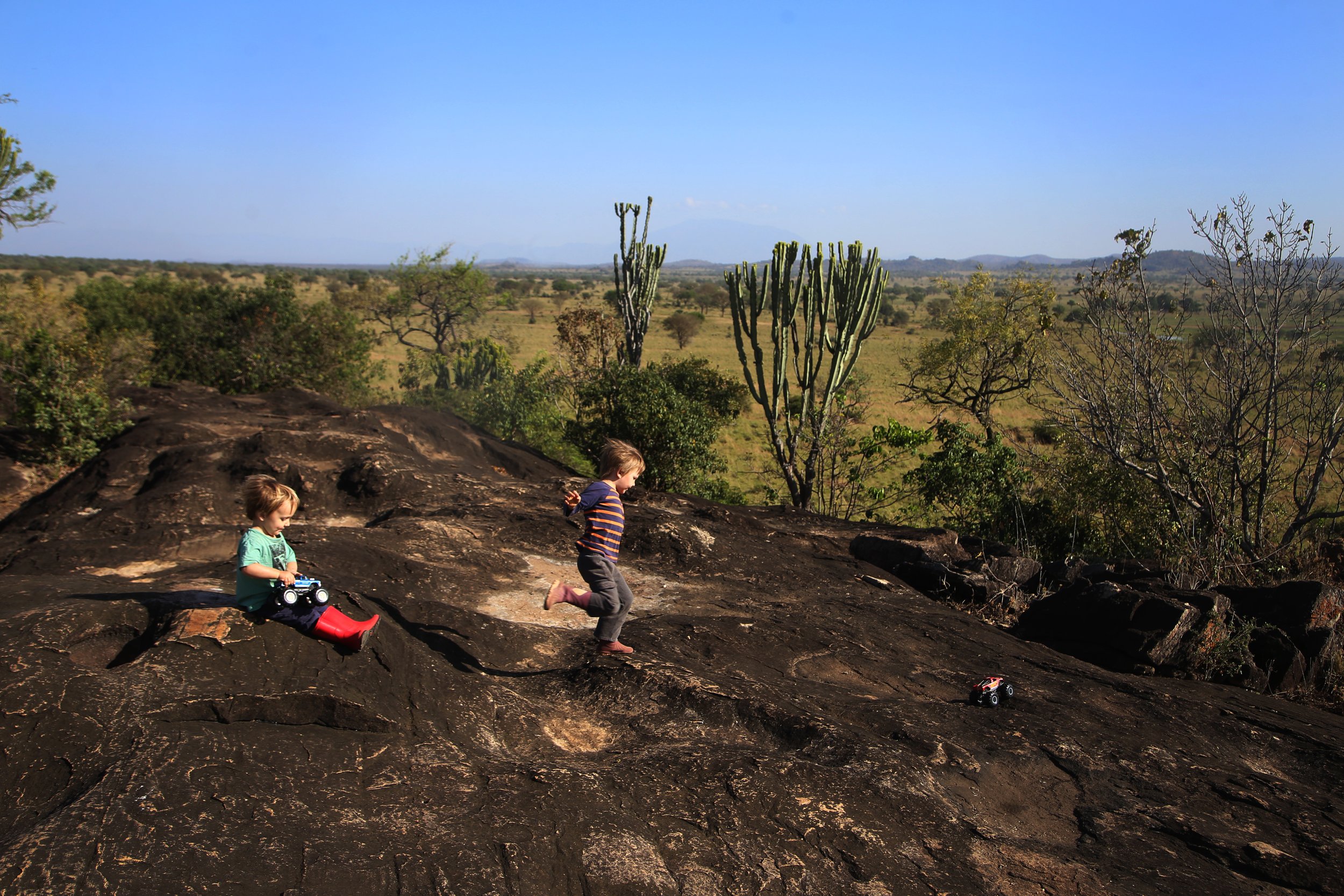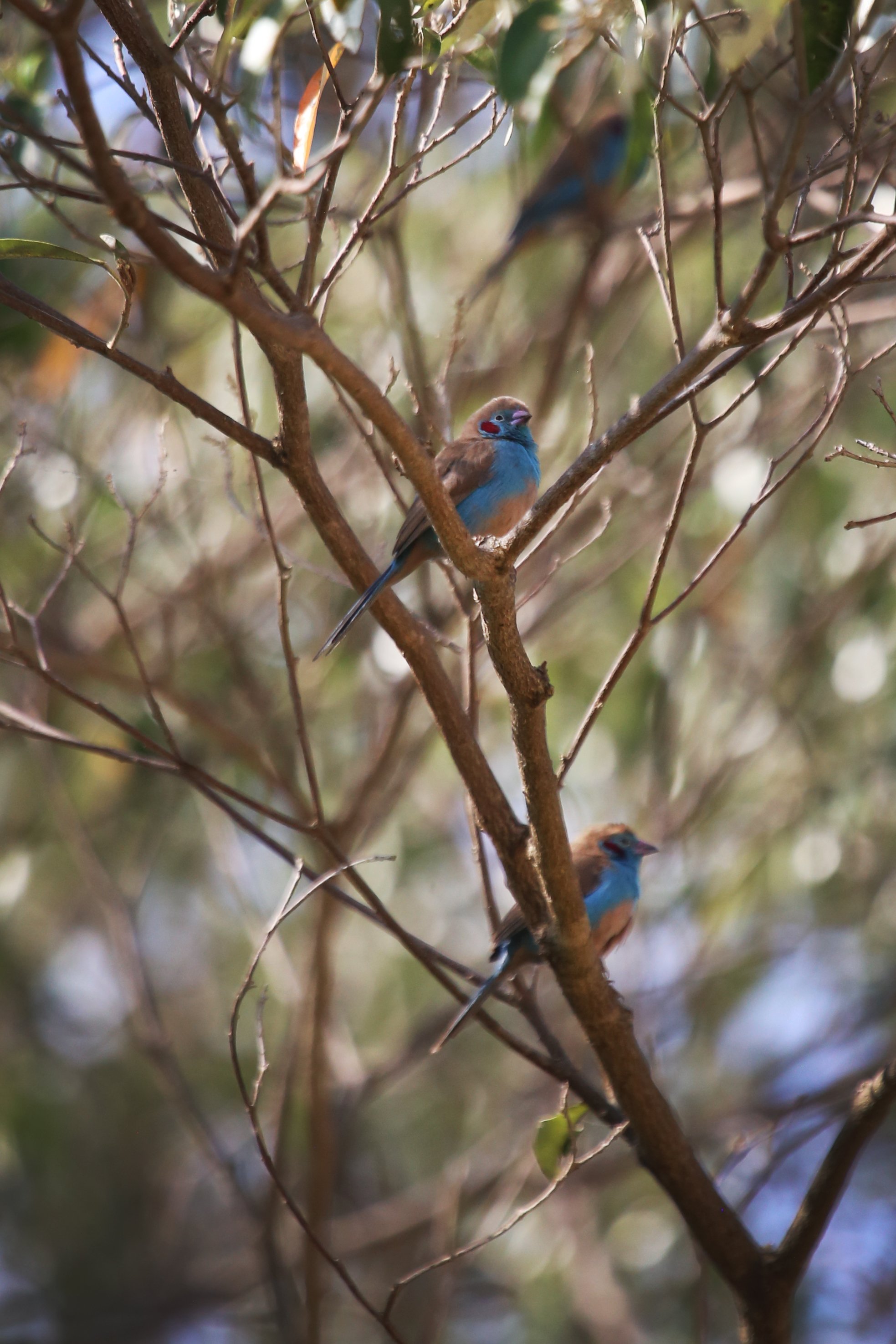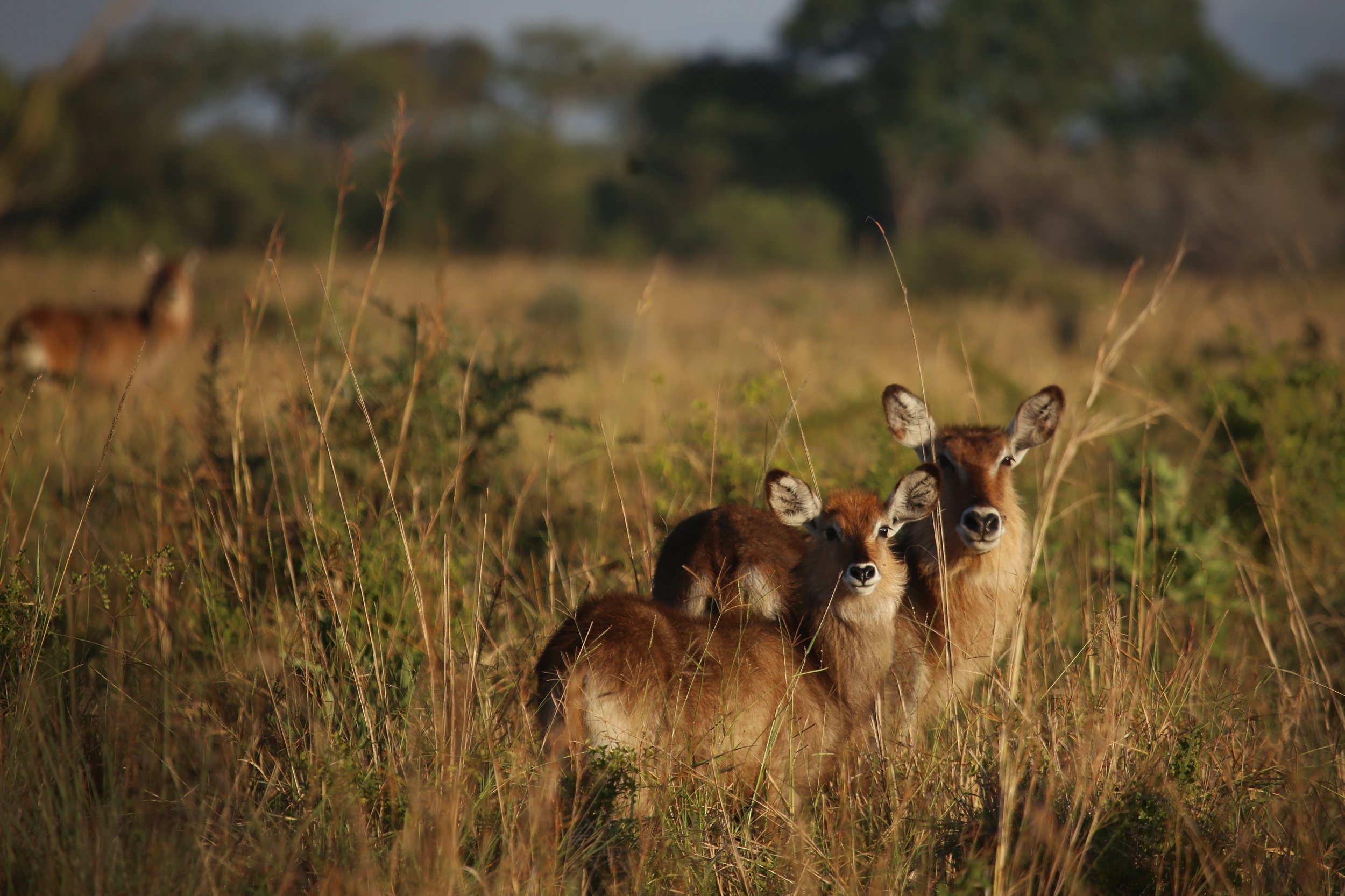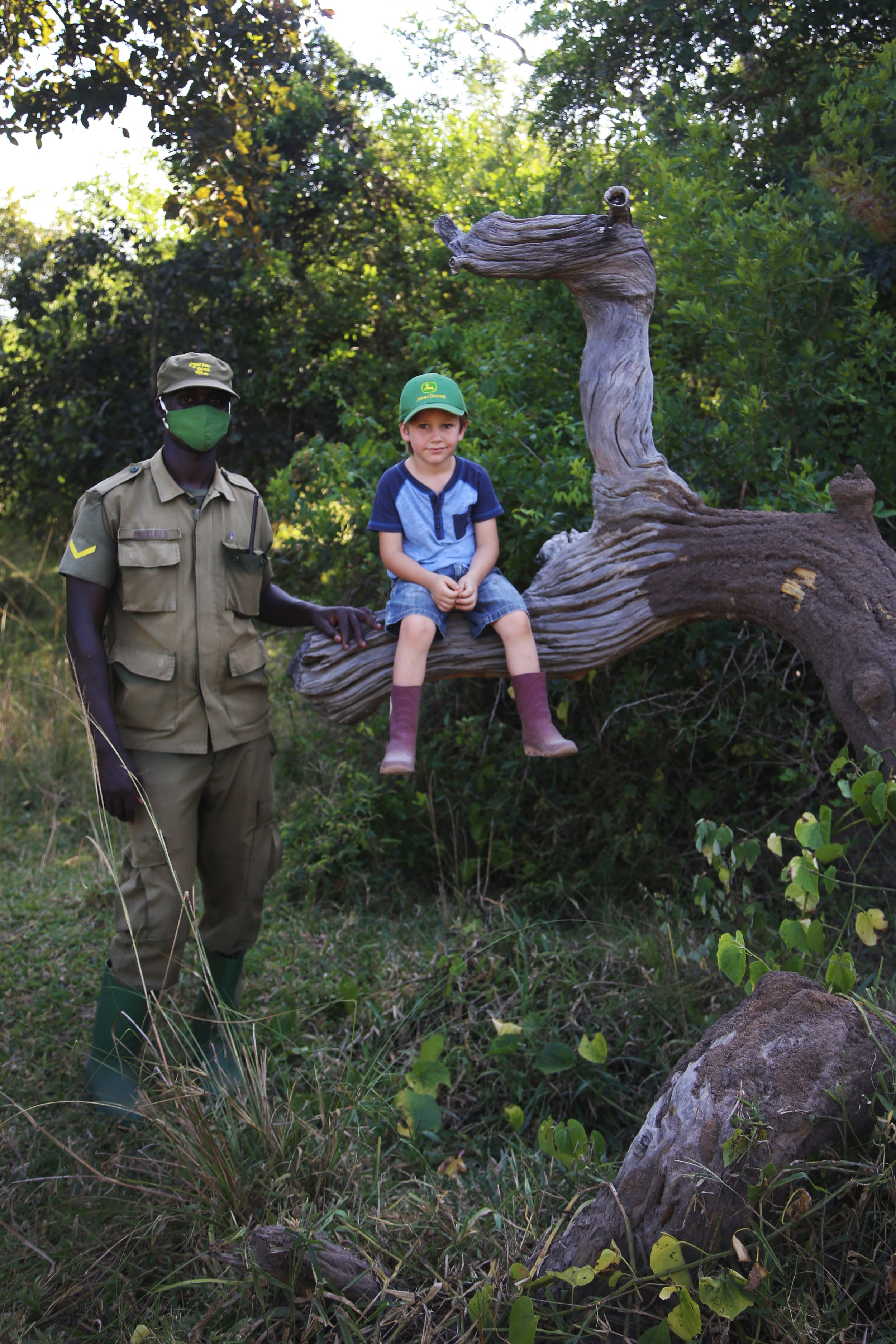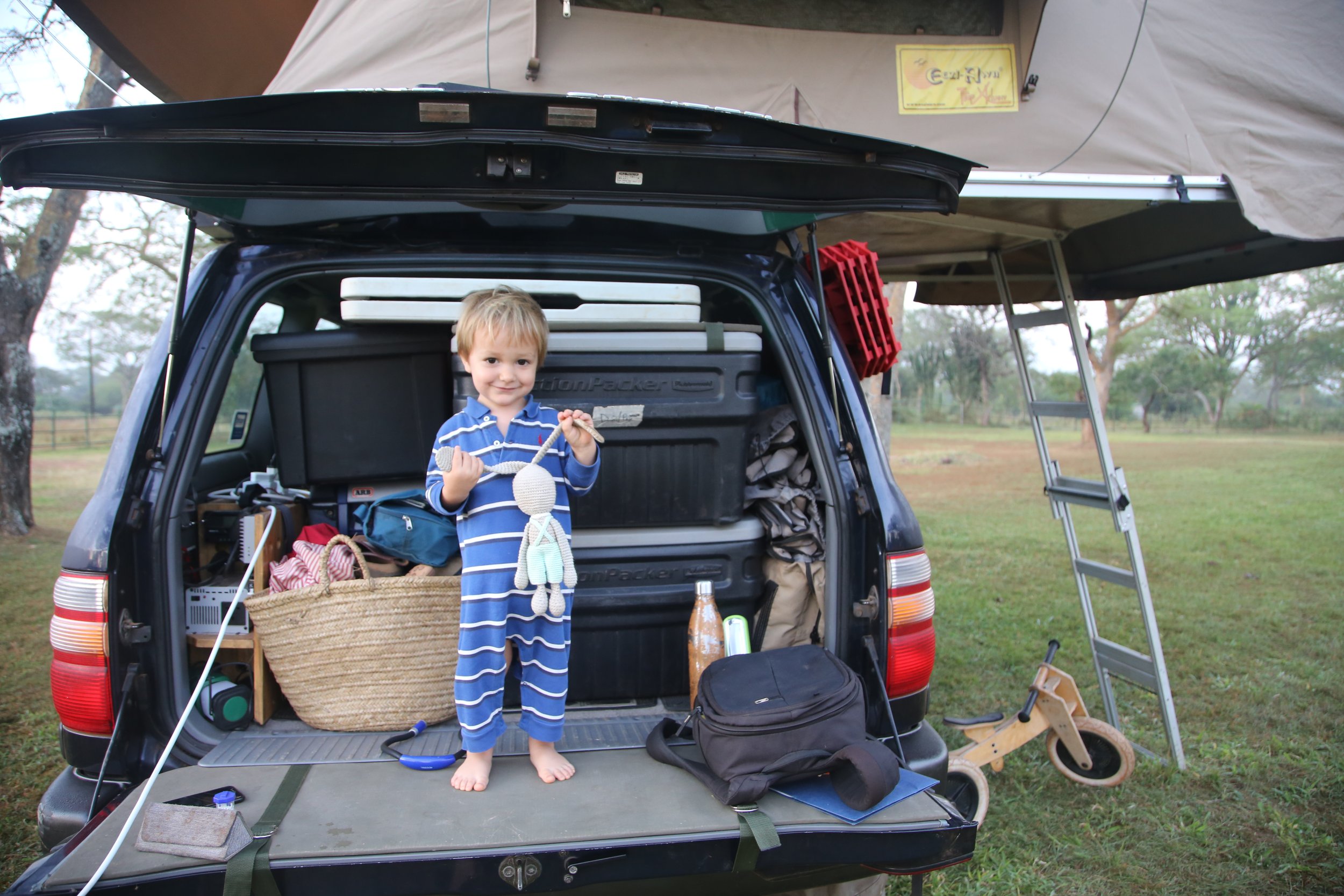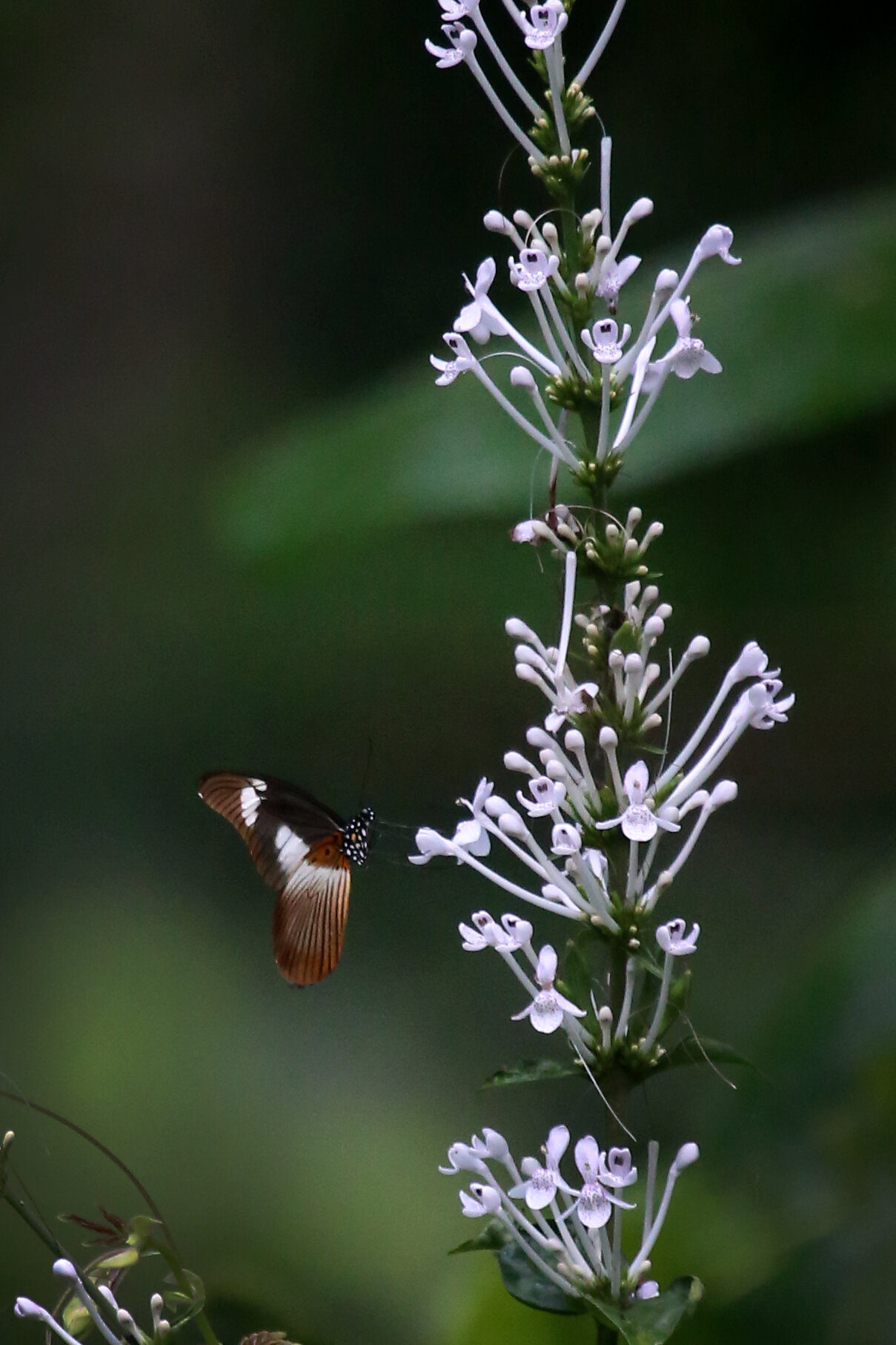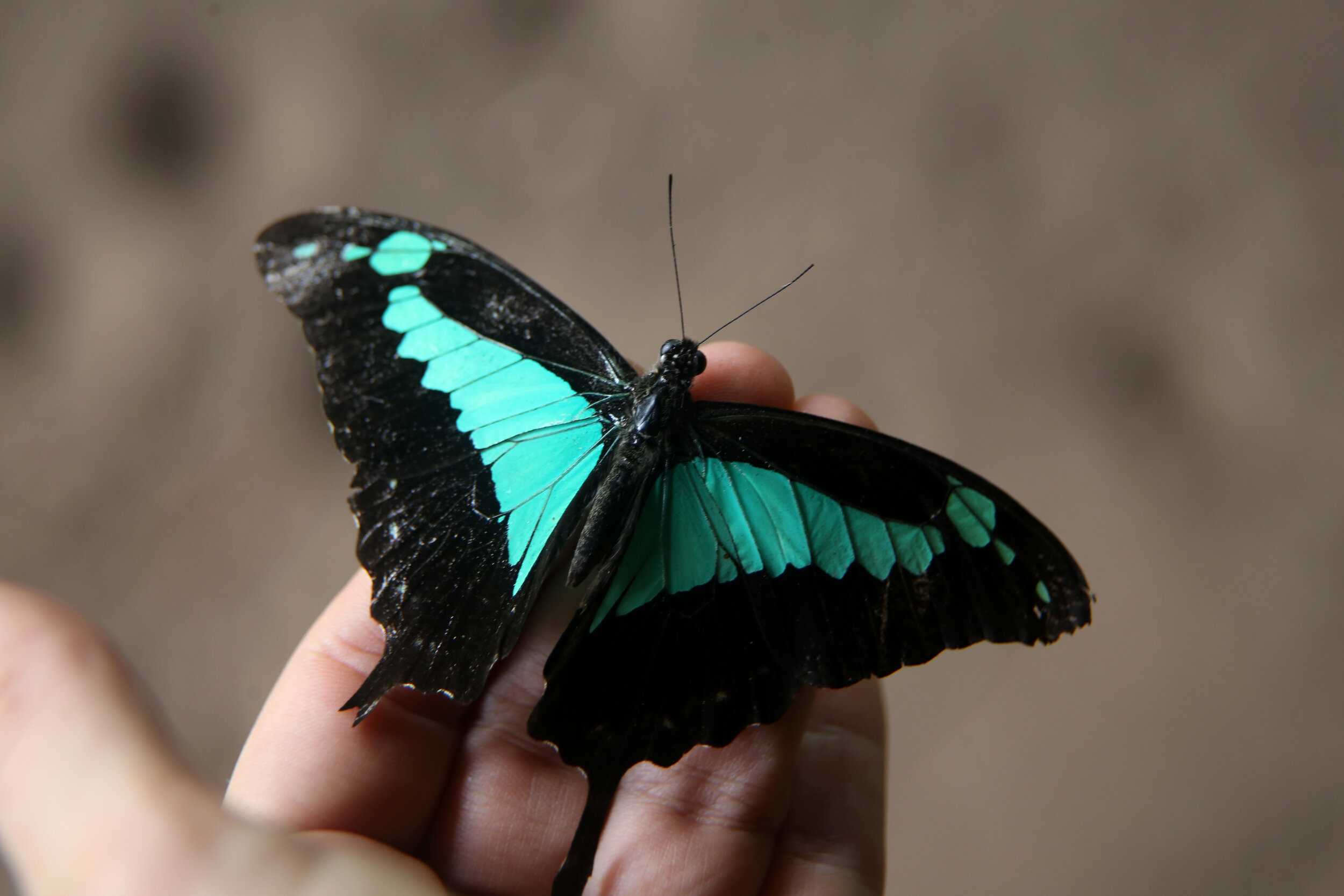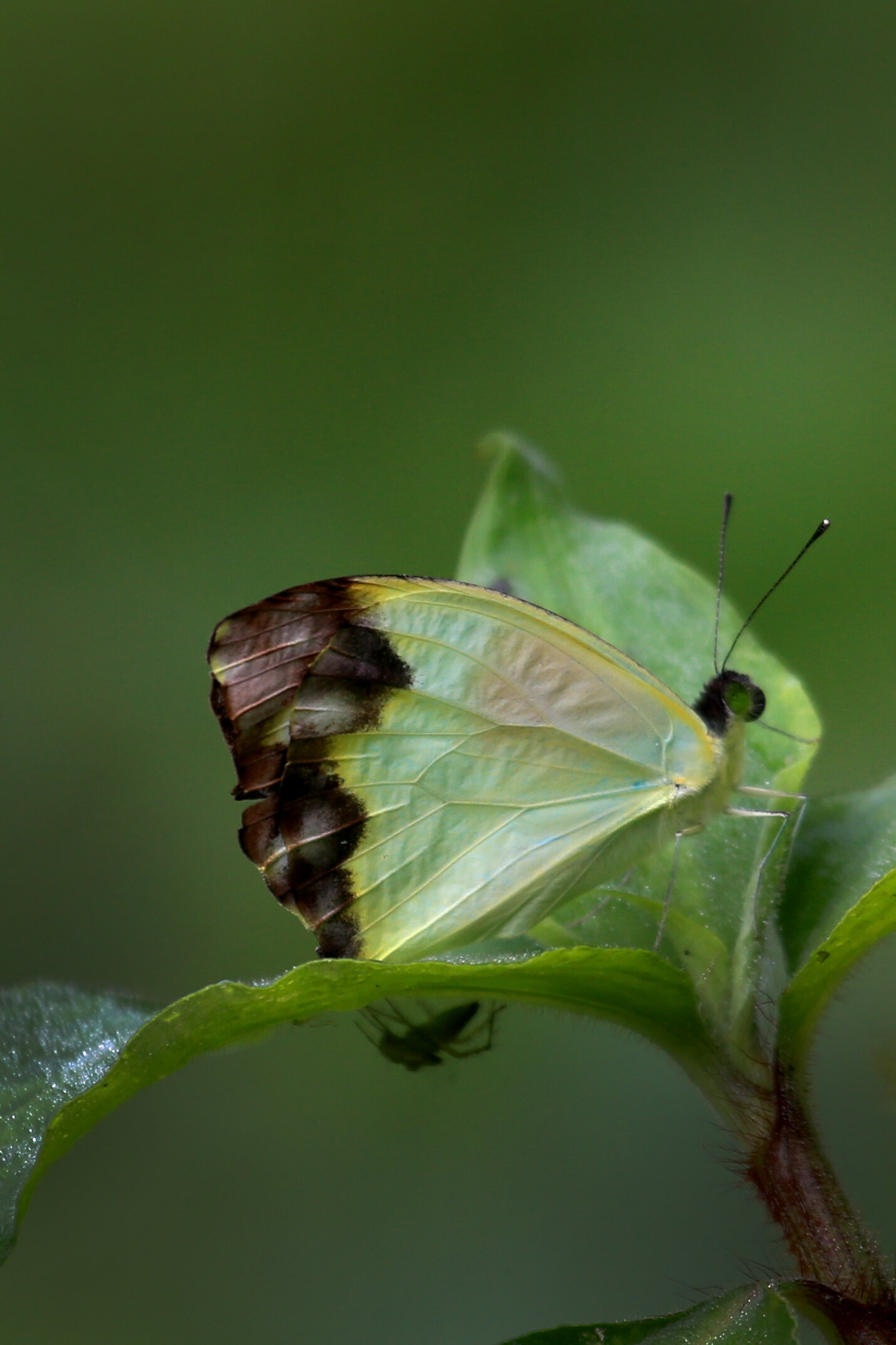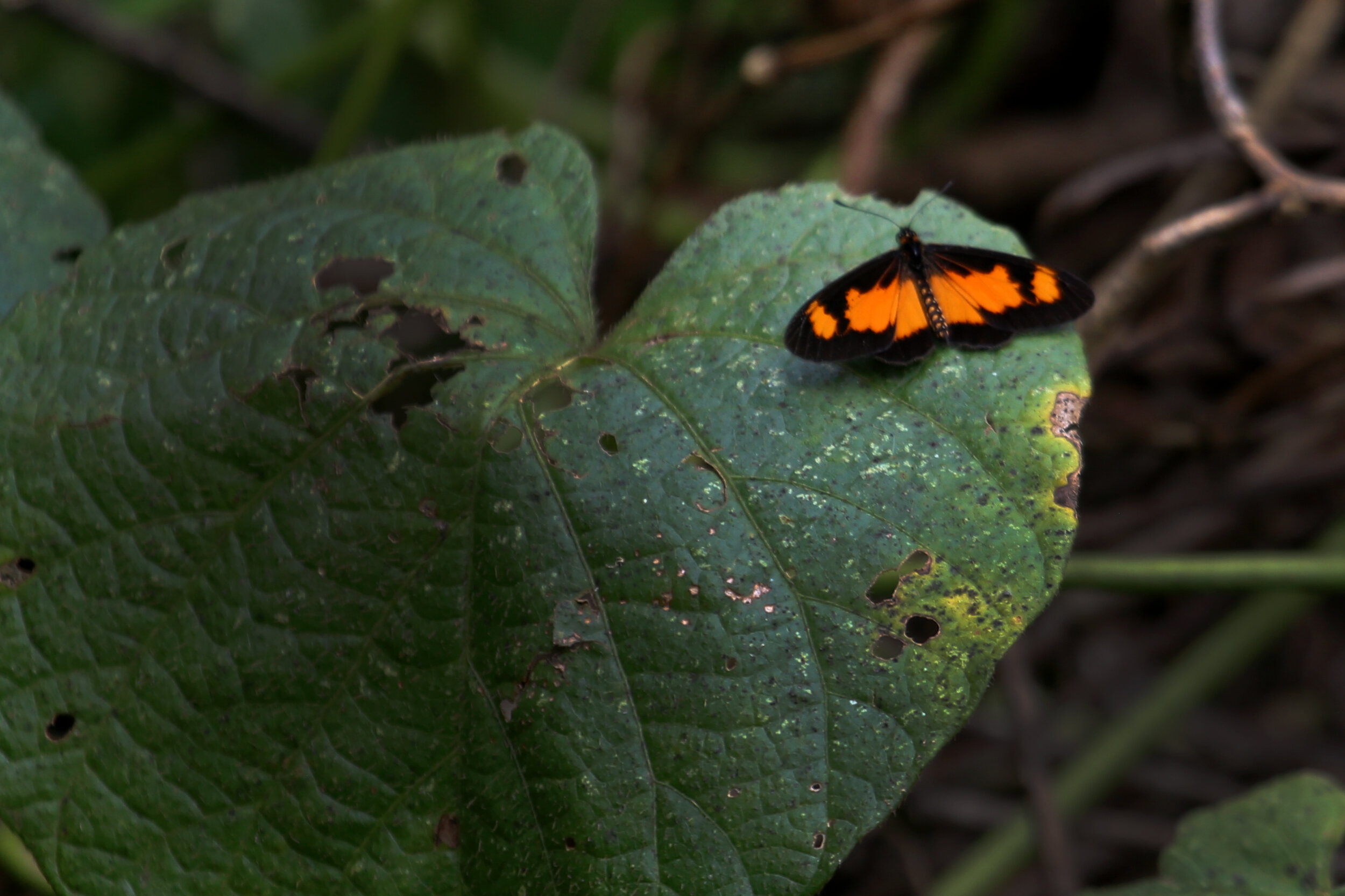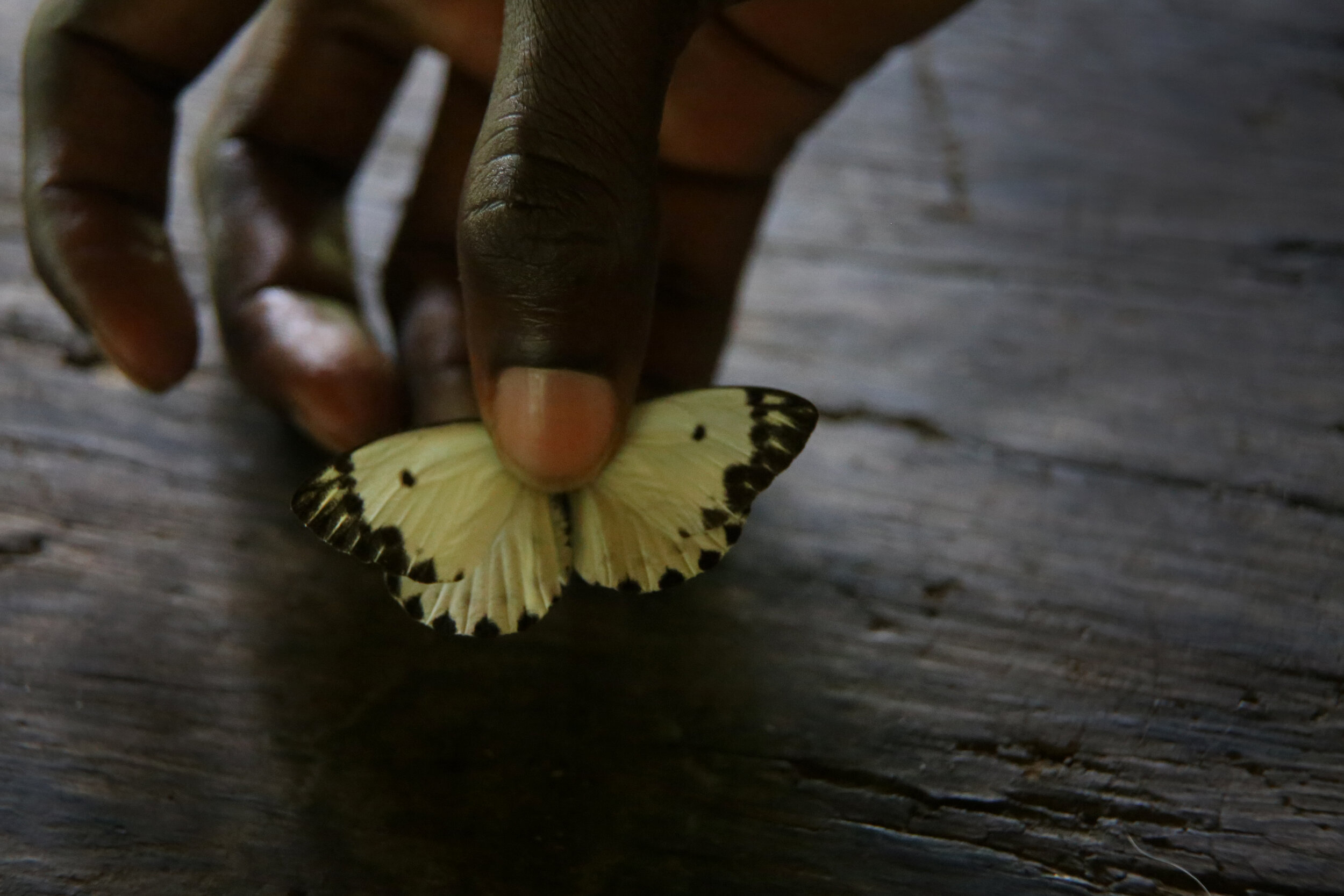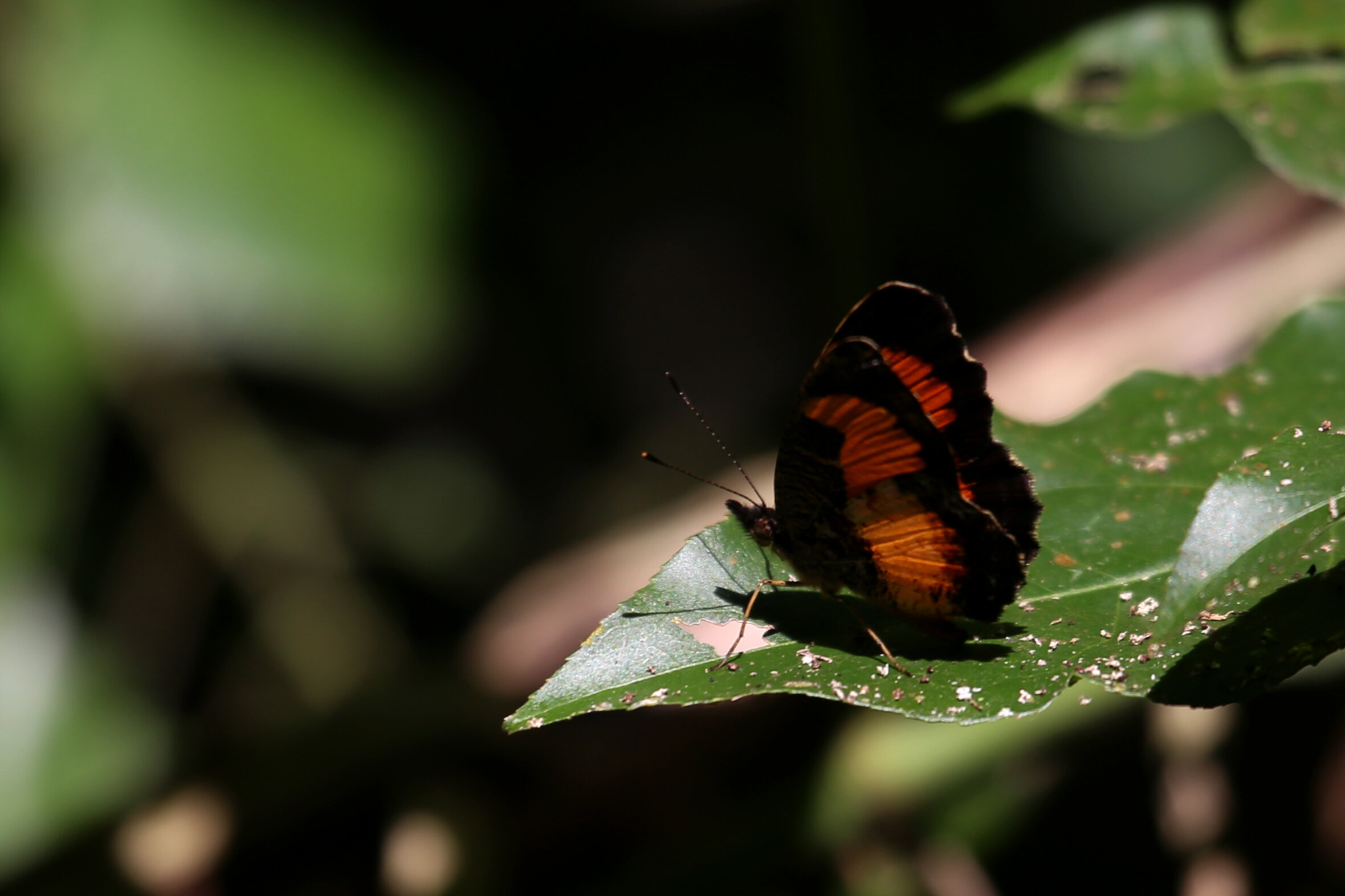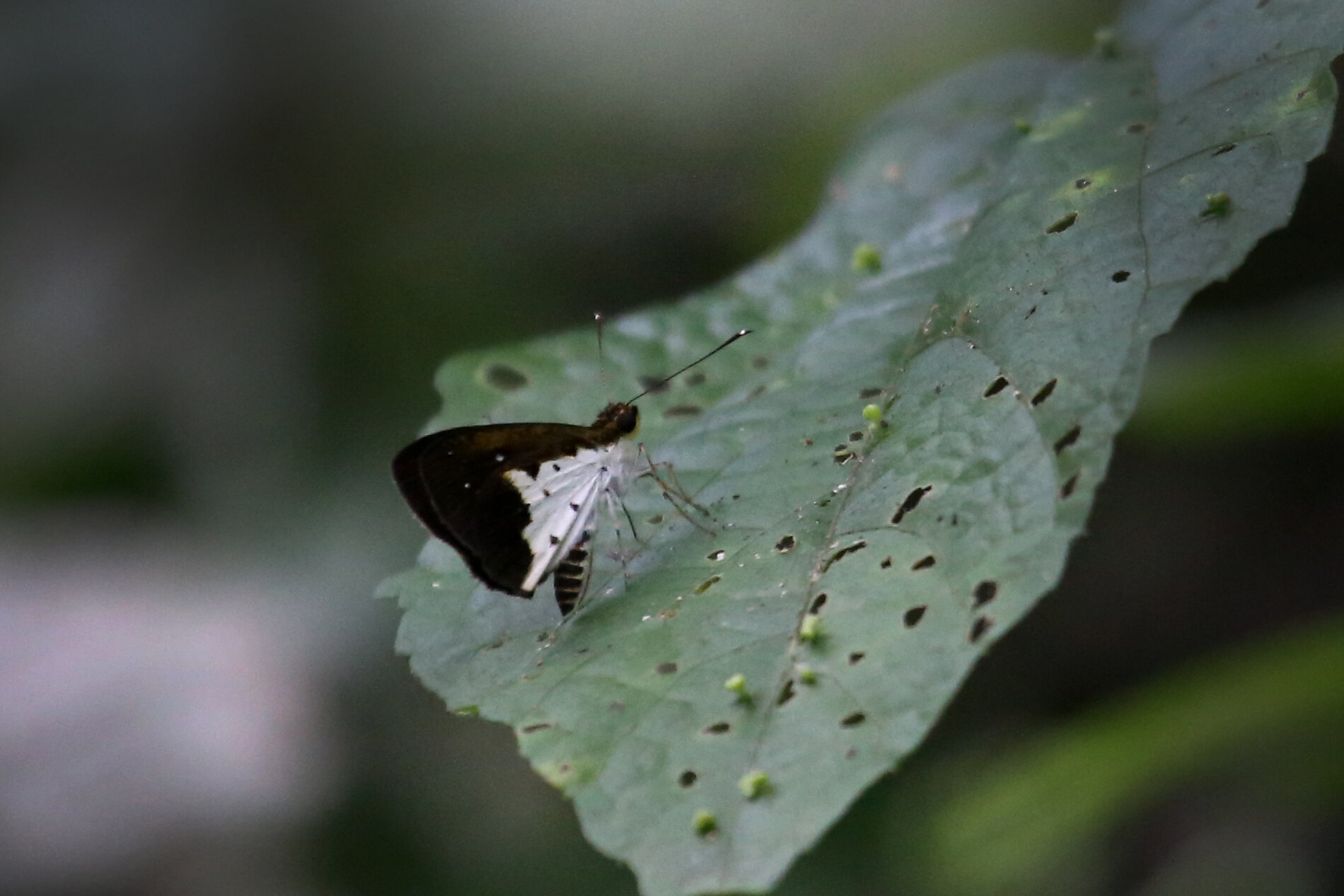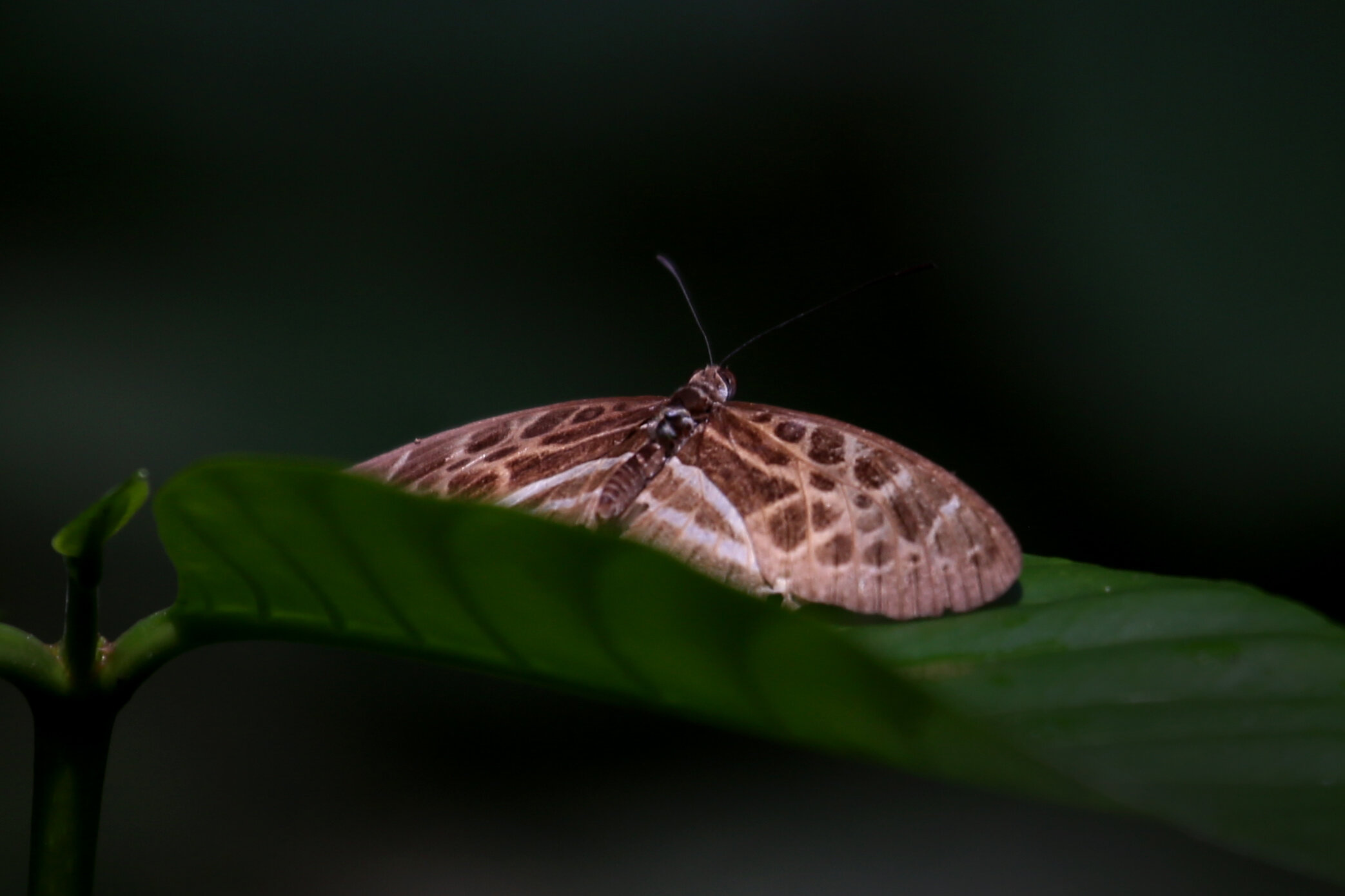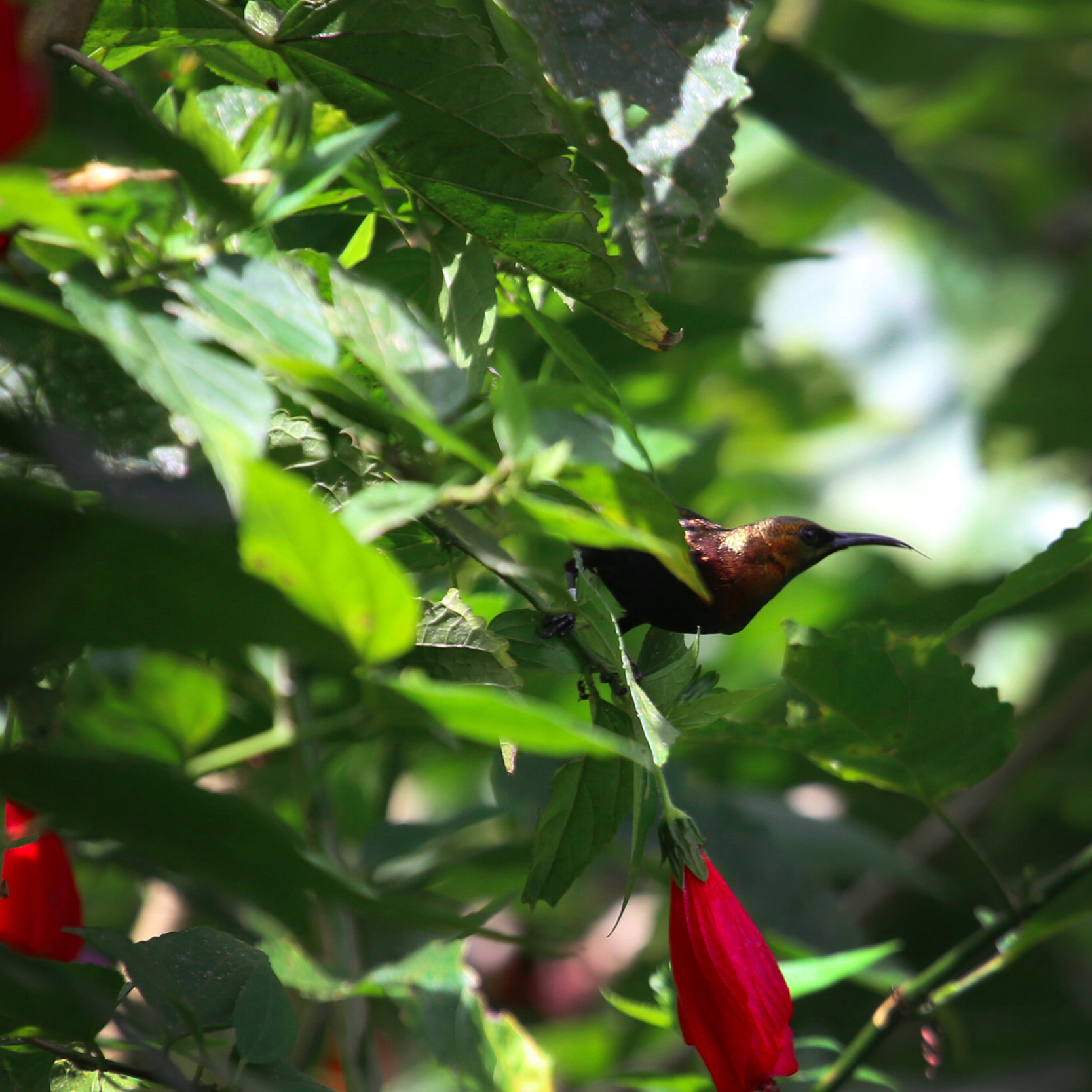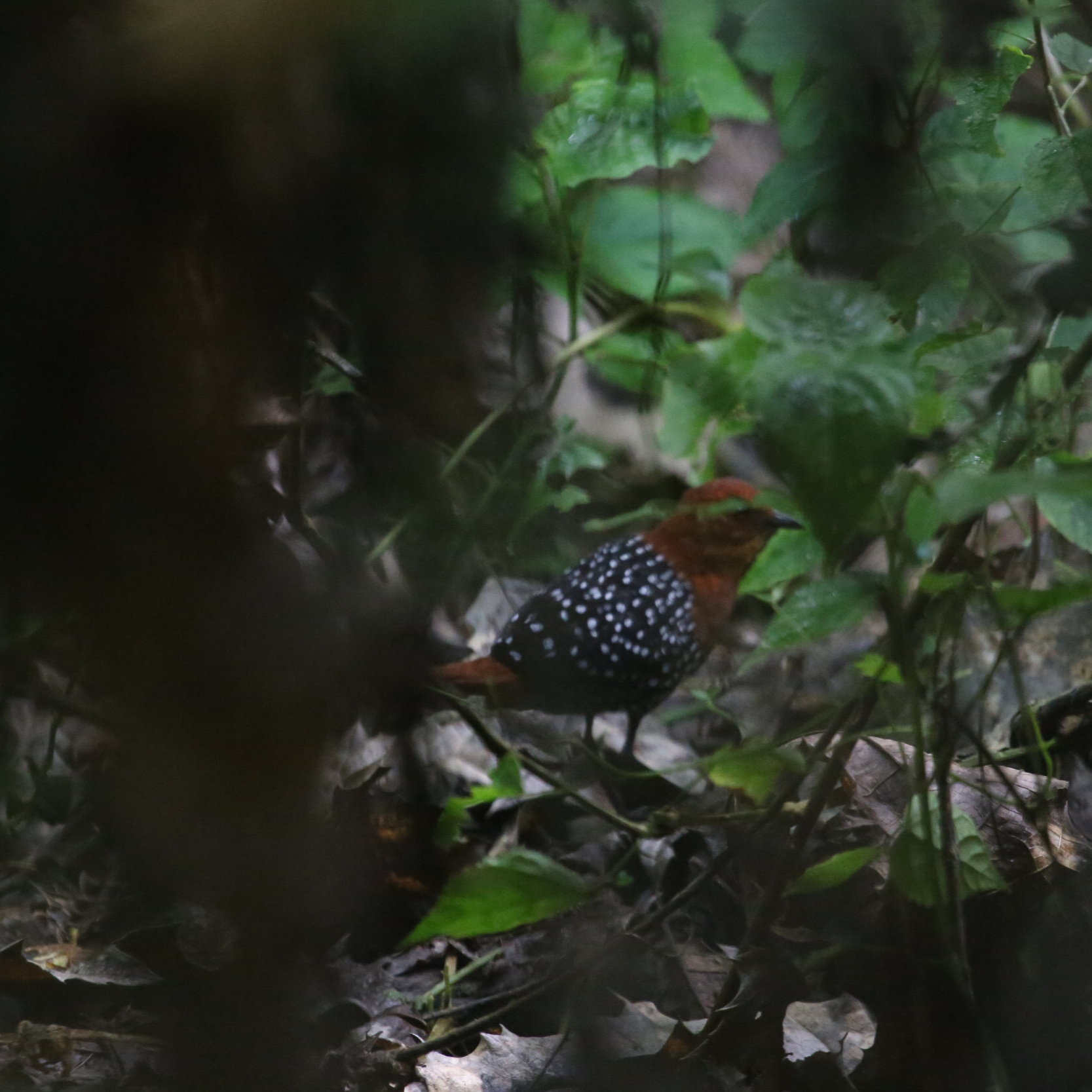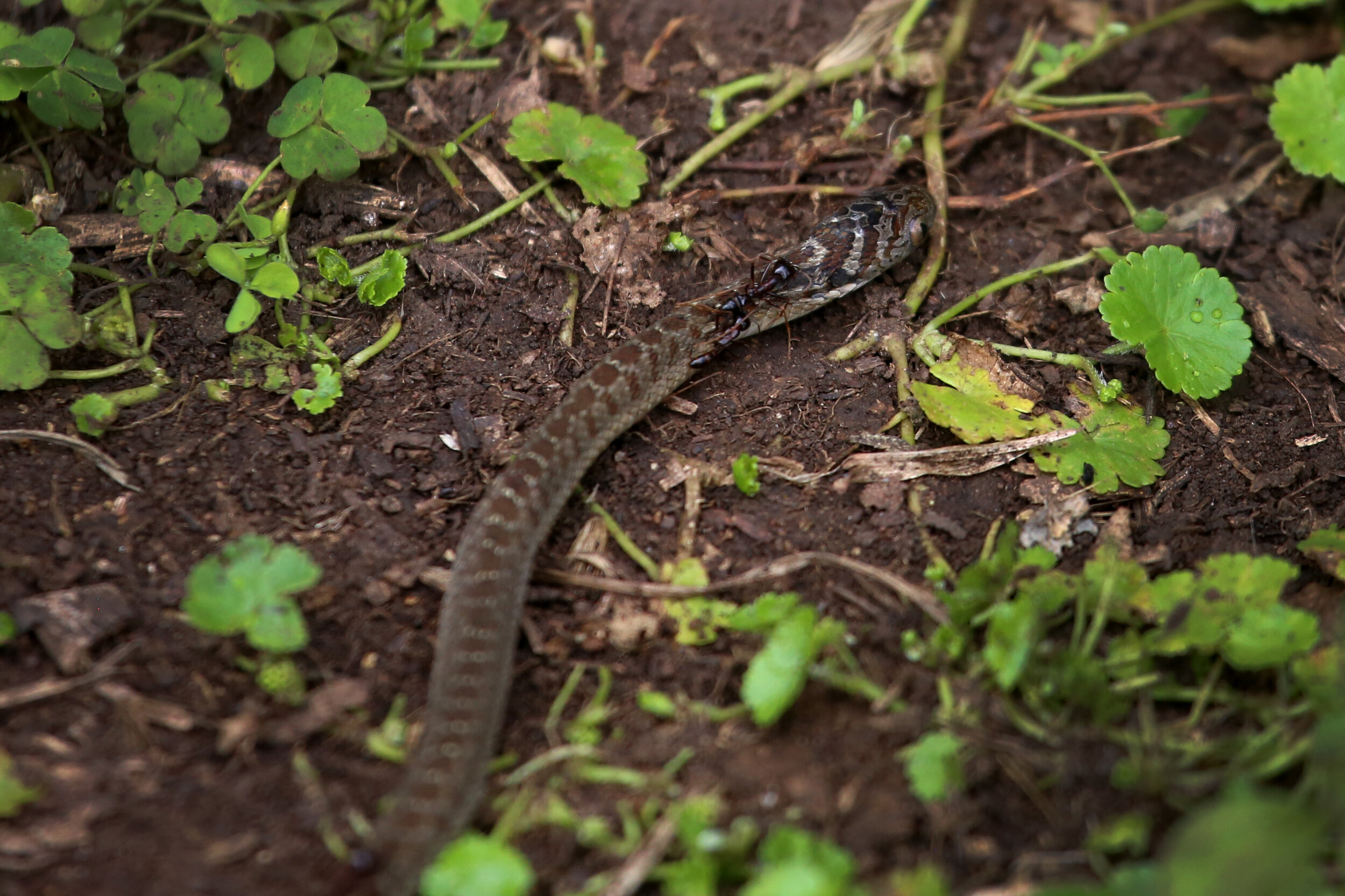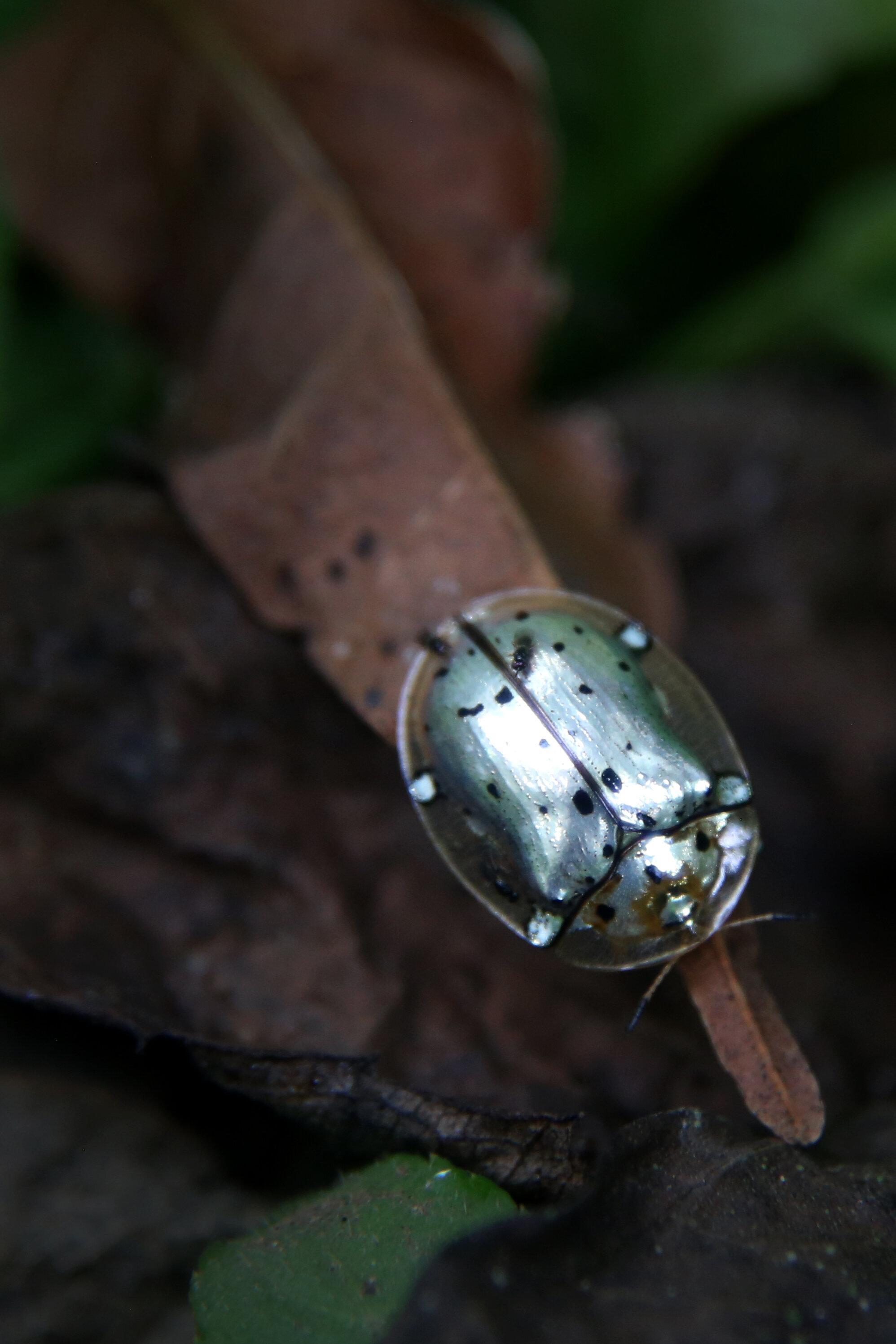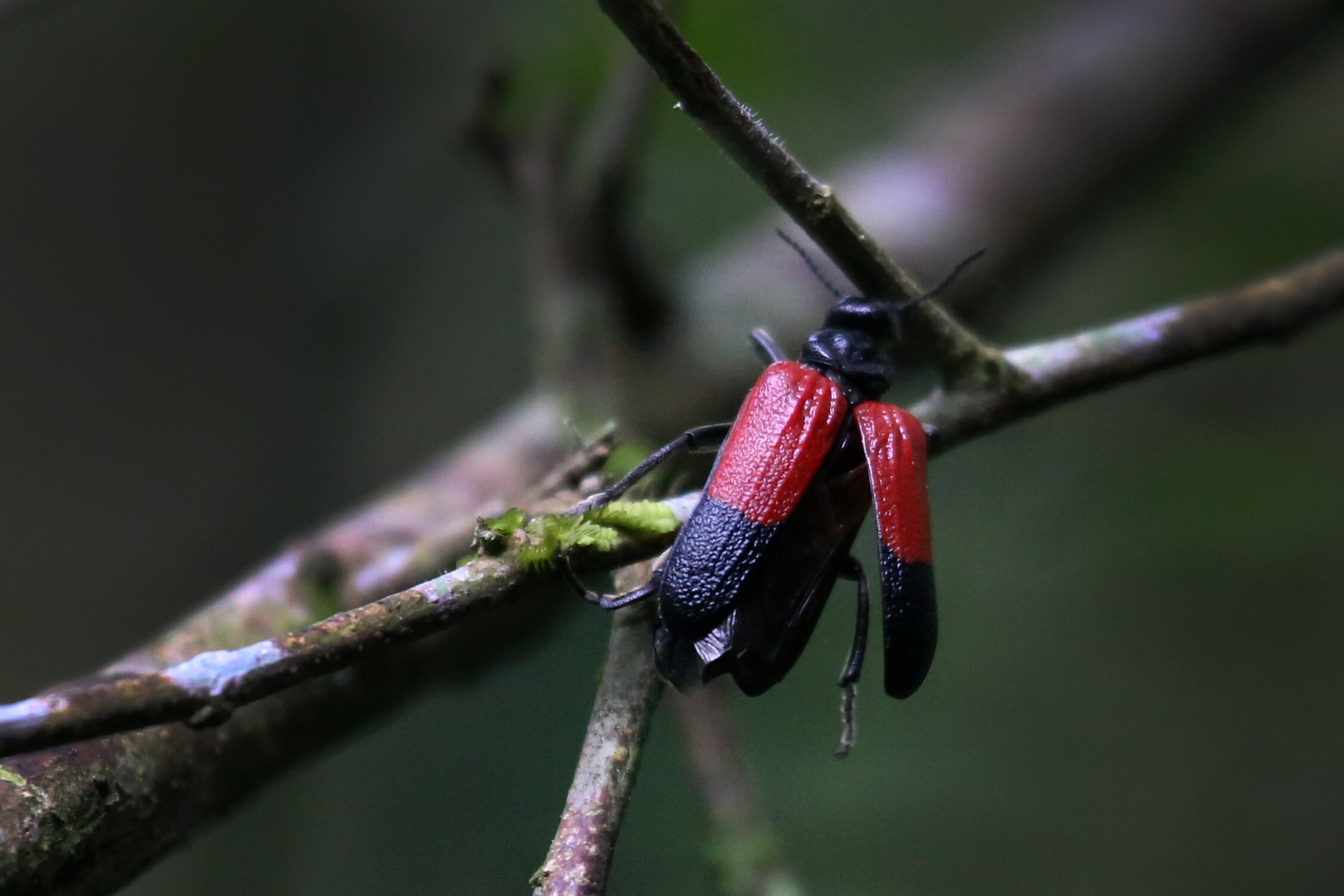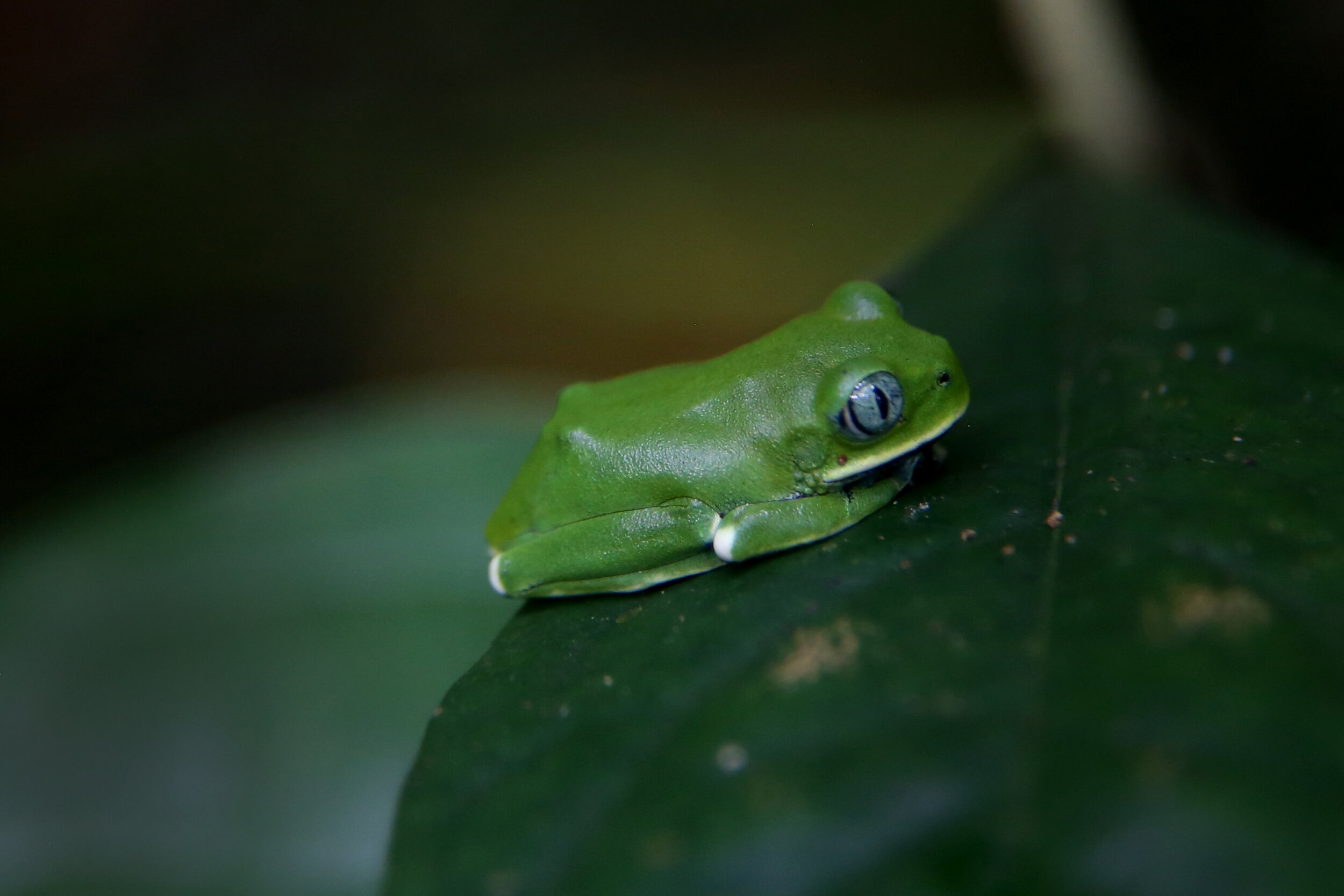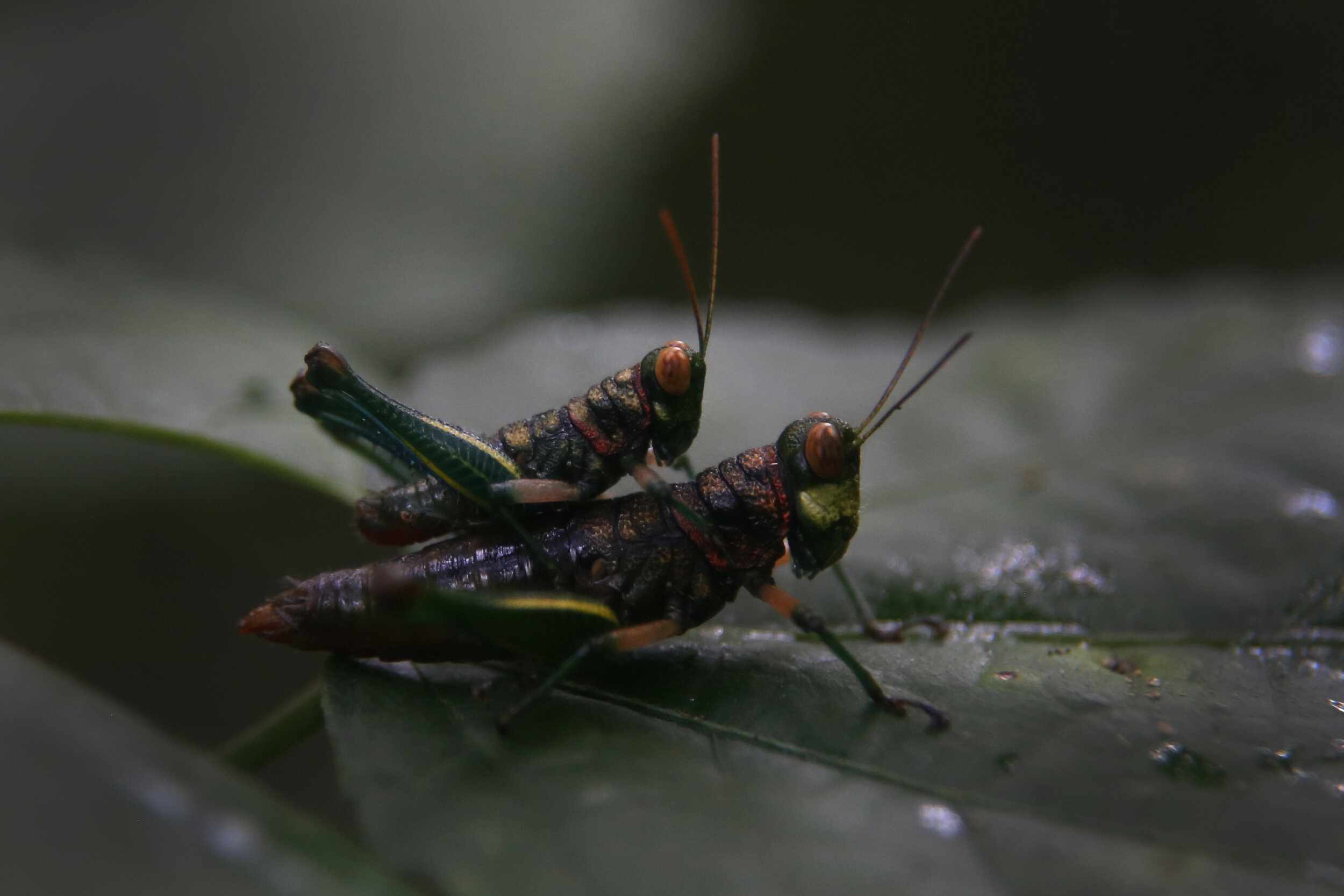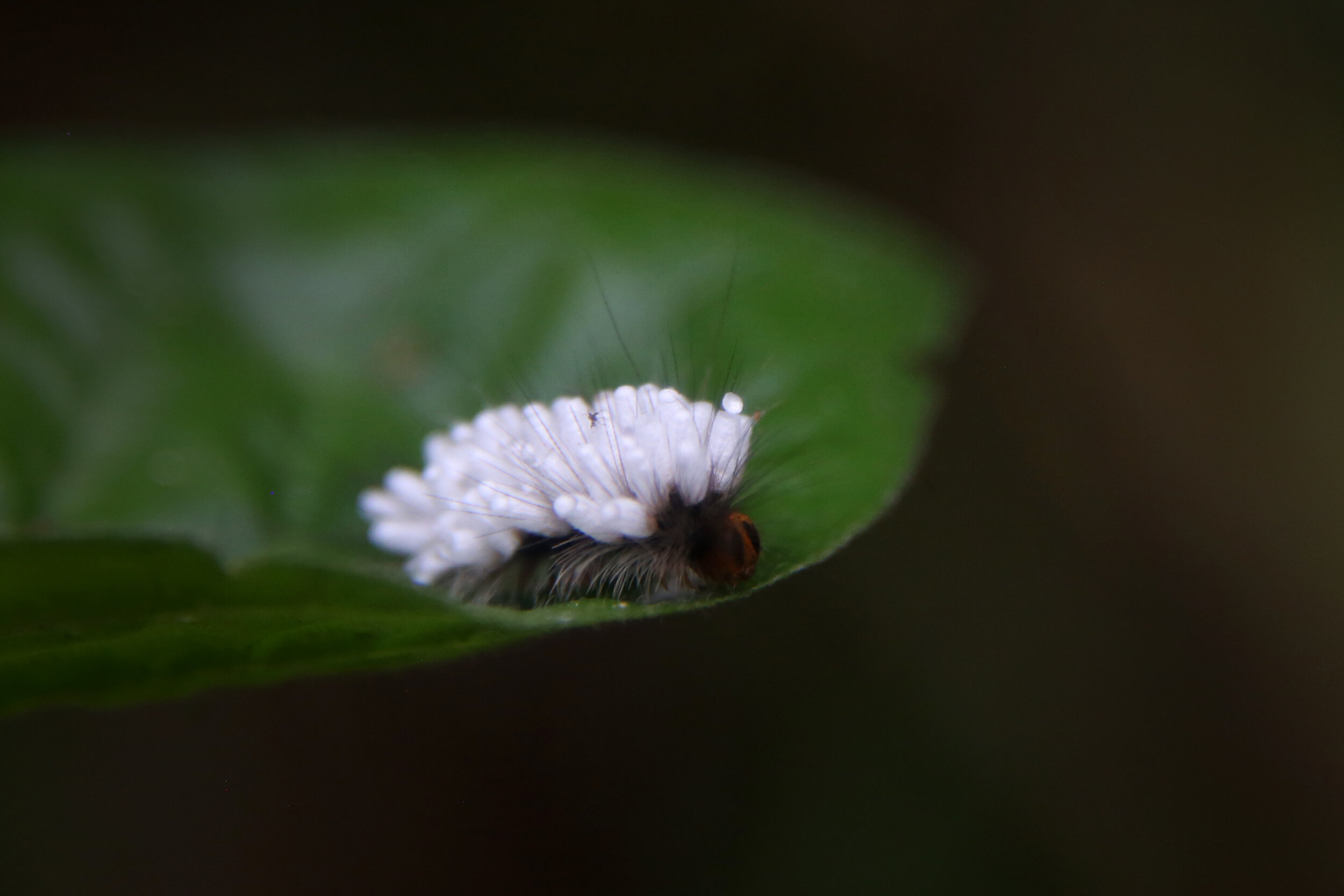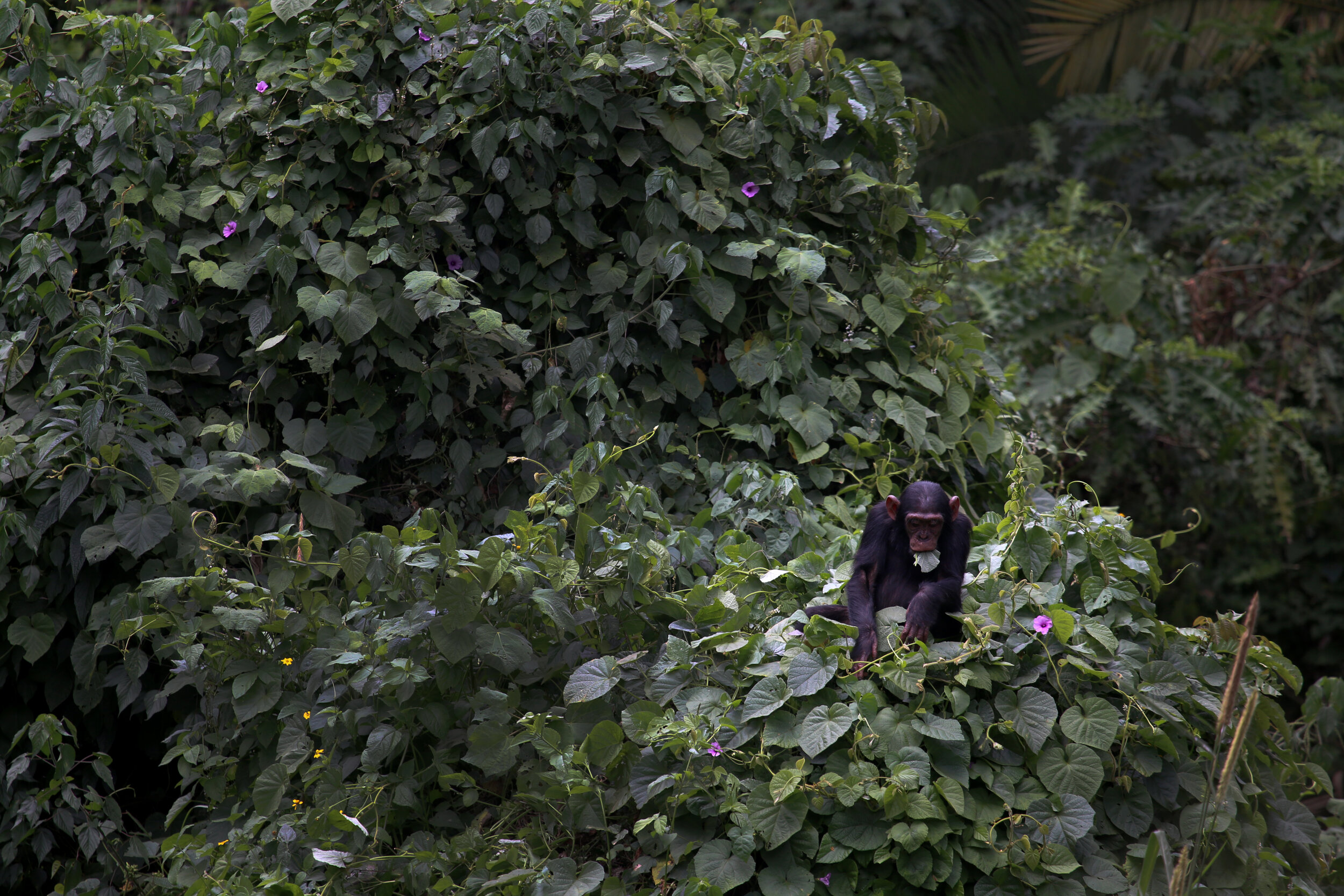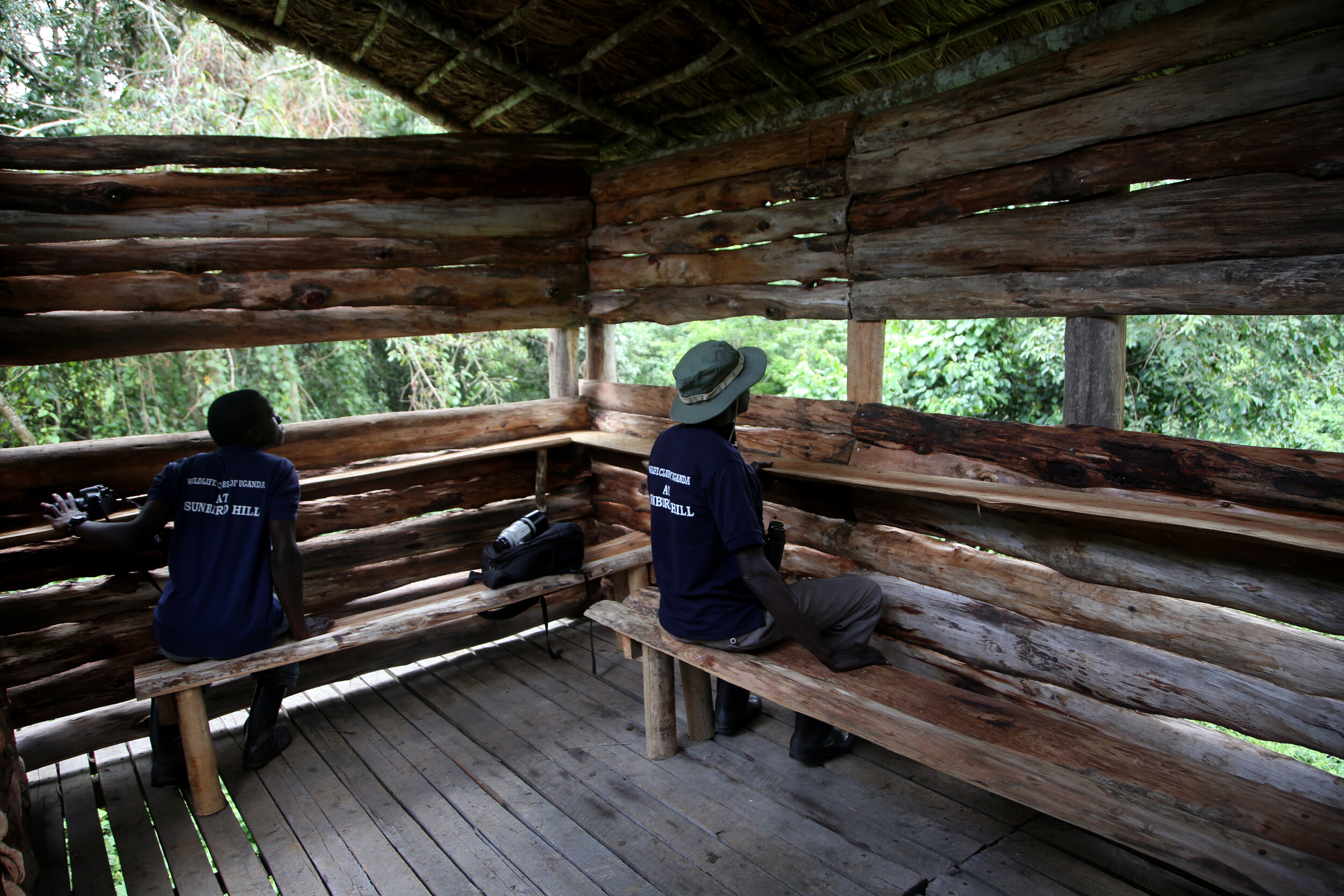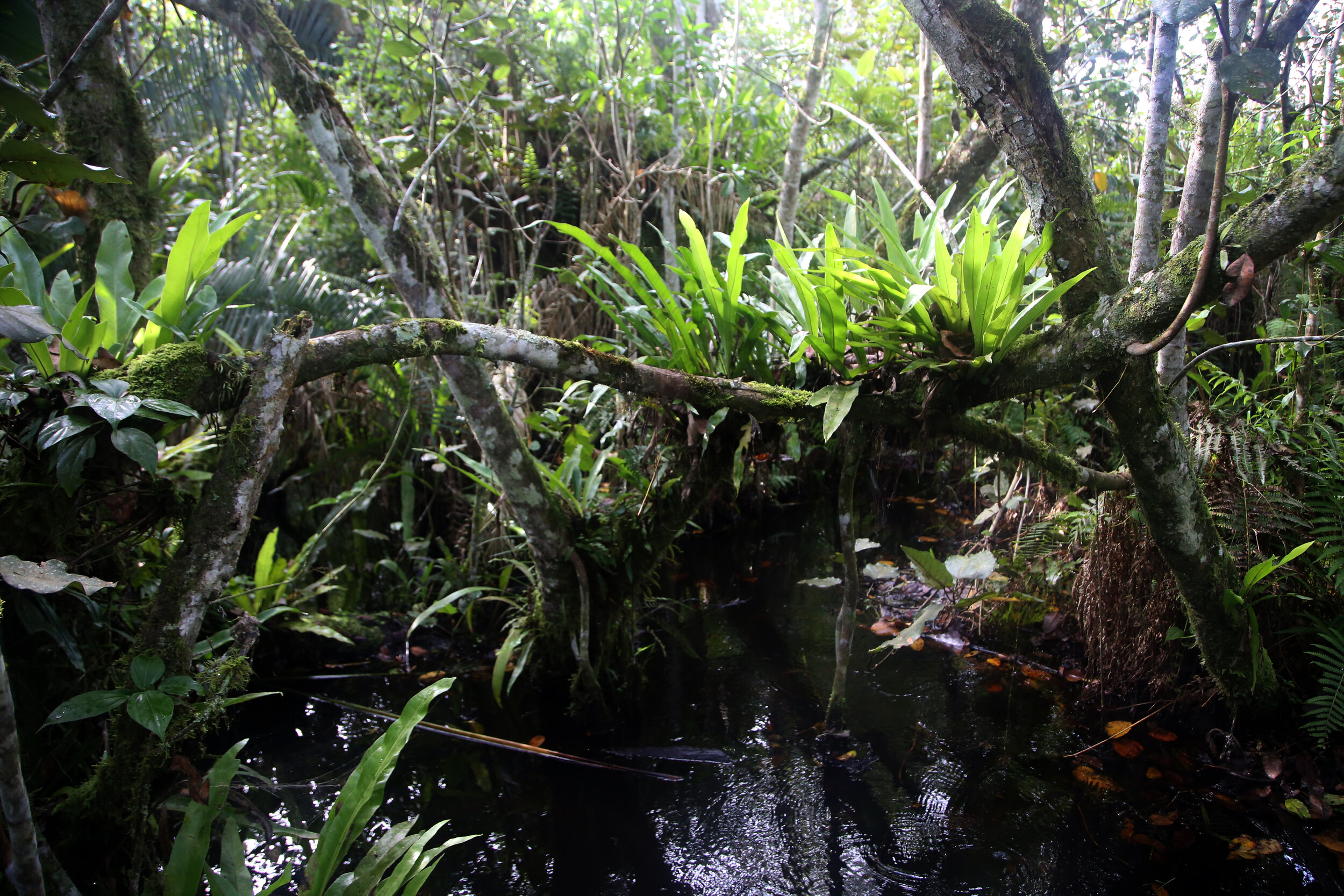On New Years Eve, we left Kidepo National Park after packing up our campsite and drove South, thinking we would stay a night in Kotido. When we arrived in Kotido and assessed the food and lodging situation, together with how well the kids were doing on the drive, we decided to push on toward Moroto. Like the drive into the park, the drive out of the park and throughout Karamoja was just as gorgeous, with many stunning rock formations to stare at in awe.
We made it to a backpacker site where our friends were also staying and were quite pleased with our decision to push on. Kara-Tunga provided a wonderful resting spot with comfortable accommodation and good food. We decided to sleep in one of their safari tents with beds rather than use our own set-up. We crashed into bed that night, waking only to the sound of others cheering in the New Year. We knew we had an adventure ahead of us the next day and needed our sleep, so we didn’t bother to stay awake until midnight.
The founder and manager of Kara-Tunga is a generously-spirited and introspective man who arranged our activities to kick off the New Year. With a German father and Karamajong mother, he is passionate about bridging cultures and highlighting the beauty and richness of the Karamajong, a tribe often overlooked or scorned by fellow Ugandans for their continuing attachment to their traditional ways. With both his head and his heart, and a clear-eyed vision for his business and his people, he organizes responsible tours for visitors to experience the culture and traditions of the Karamajong. He paired us up with Thomas, a guide who took us to his own family - part of the Lotome clan - in Lobeei village.
As we approached the village, we saw a group of people singing, dancing, and jumping, which Thomas told us was a spontaneous celebration for the New Year. We watched the celebration while our presence seemed to bring more people, curious to observe the novelty of a mzungu family. While Pax seemed oblivious to the attention, poor Leo was a bit uncomfortable with the many eyes pointing his way.
I was pulled into the circle to dance and jump with the celebrants, then they broke up and began to show us around their village.
Thomas walked with us, introducing us to his family and explaining different customs, the roles different people play in the village, and the uses of various materials in everyday life. We were warmly welcomed and thankful for Thomas, who could translate our interactions. His sisters made us a meal and served us on a tanned cowhide. The boys inhaled the rice, beans, and potatoes and started to feel a little more comfortable after our meal and away from the crowd. They spotted a kitten hiding under the grain store and tried to catch it. After our meal, a couple of boys of Leo’s age brought over some bottle caps and a pebble, showing him how to play a game. He visibly relaxed and enjoyed himself, then started to get more curious. He wanted to know about their tools and how things worked. I was struck by the simple beauty of our surroundings, with the natural textures so eye-catching, particularly juxtaposed to the bright colors of their dress.
Thomas helped us express our gratitude for his family’s hospitality and bid adieu, as we loaded ourselves in the car and headed far off-road, where we would find the boys and men - the cattle kraal.



